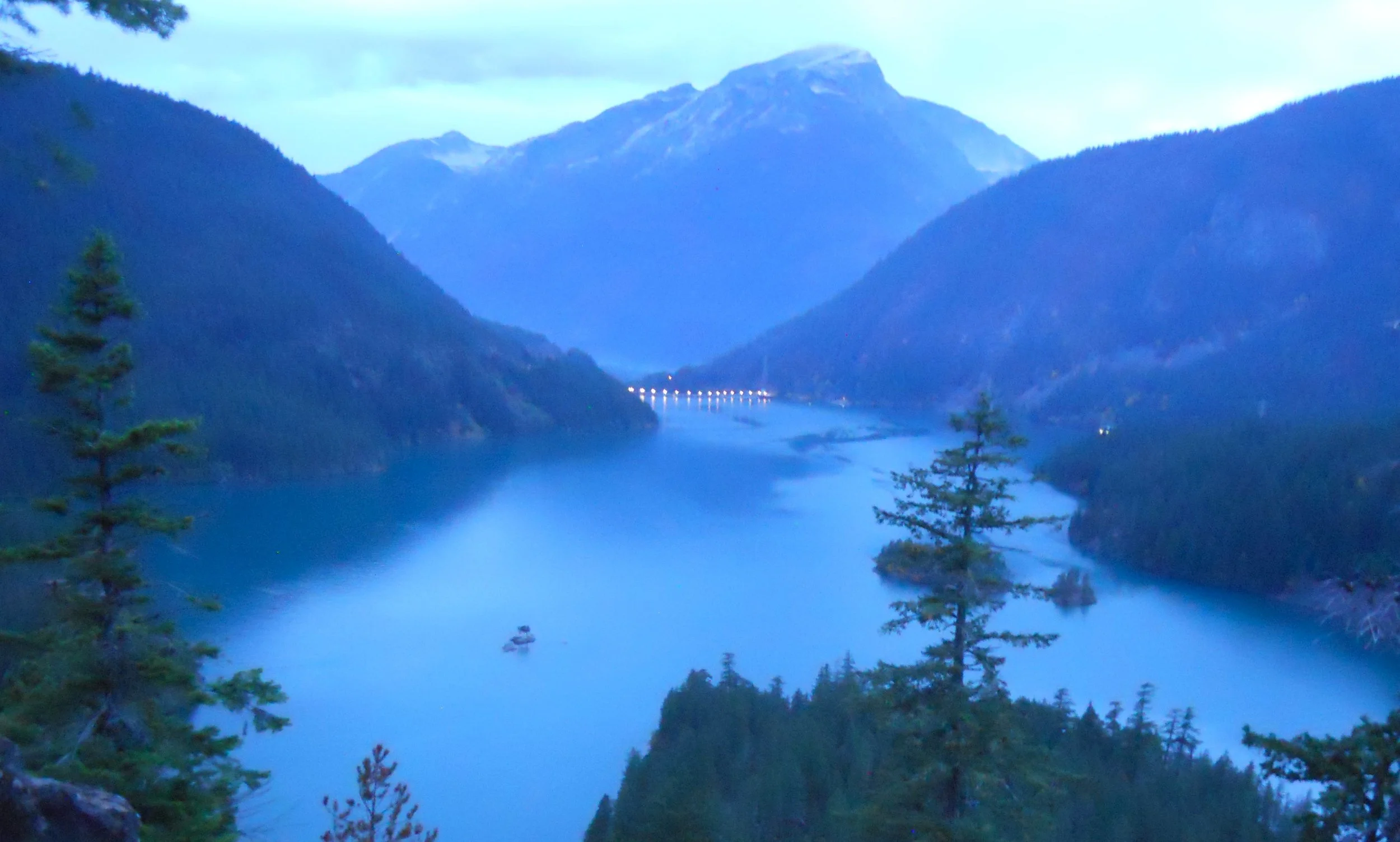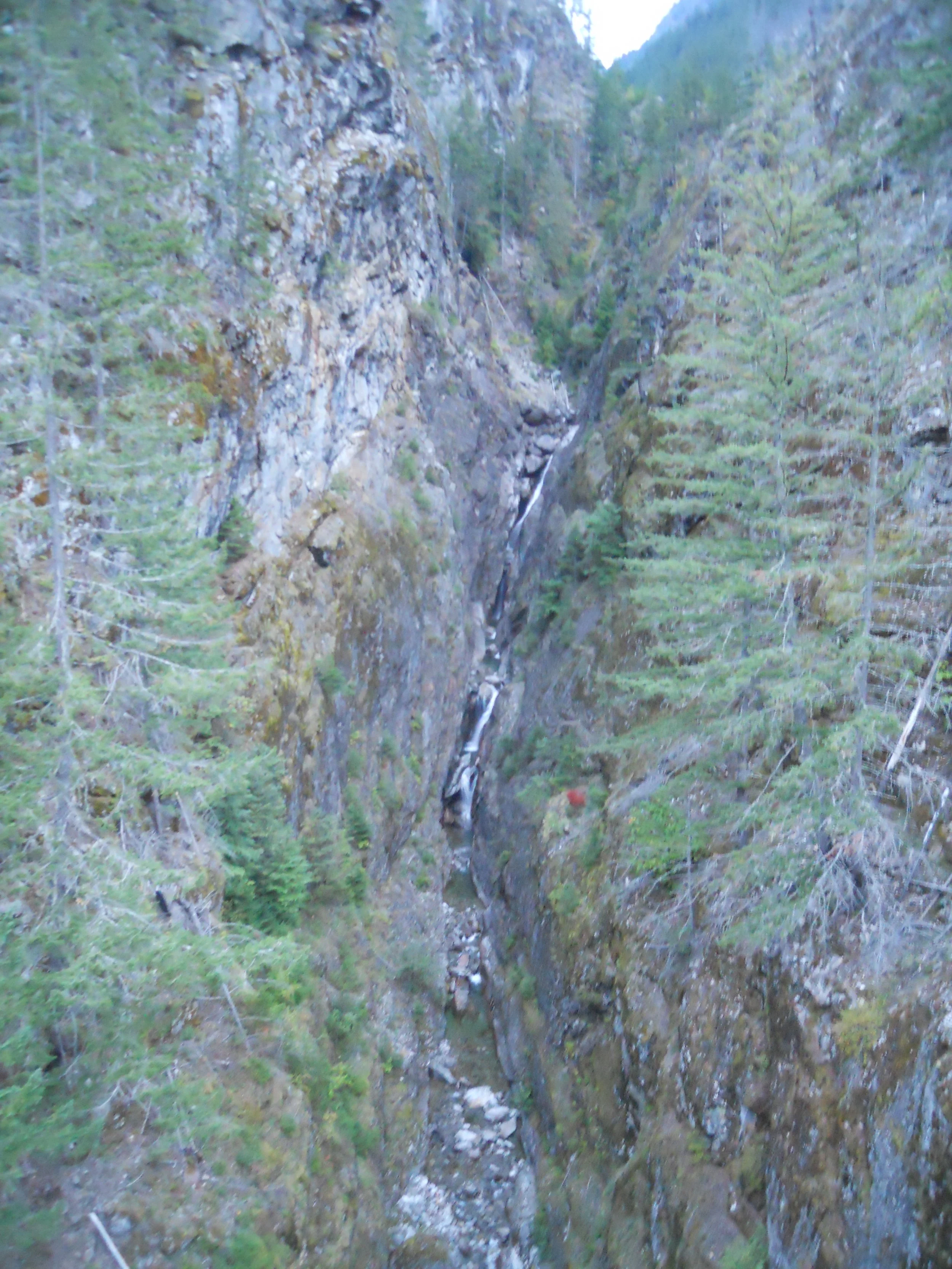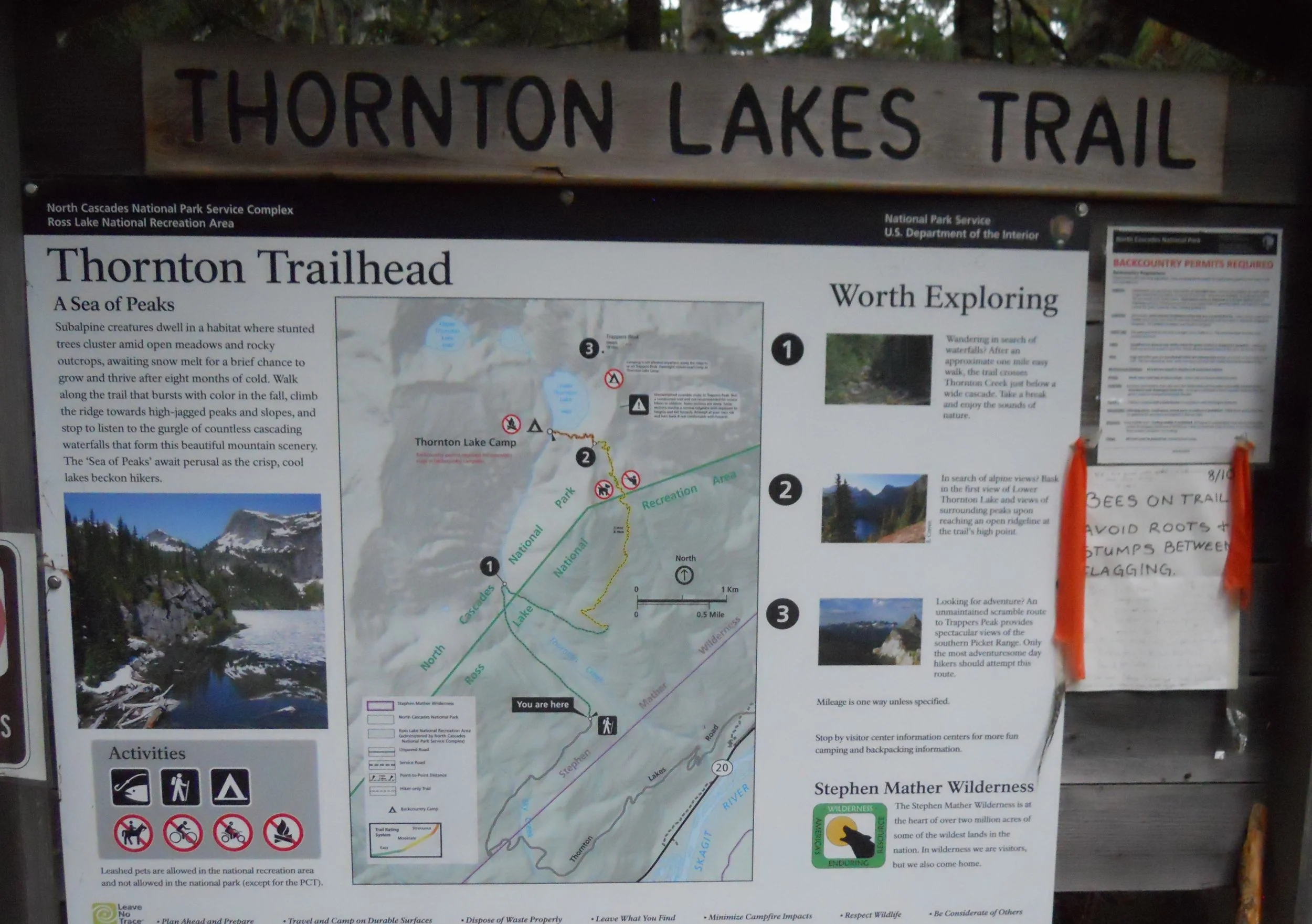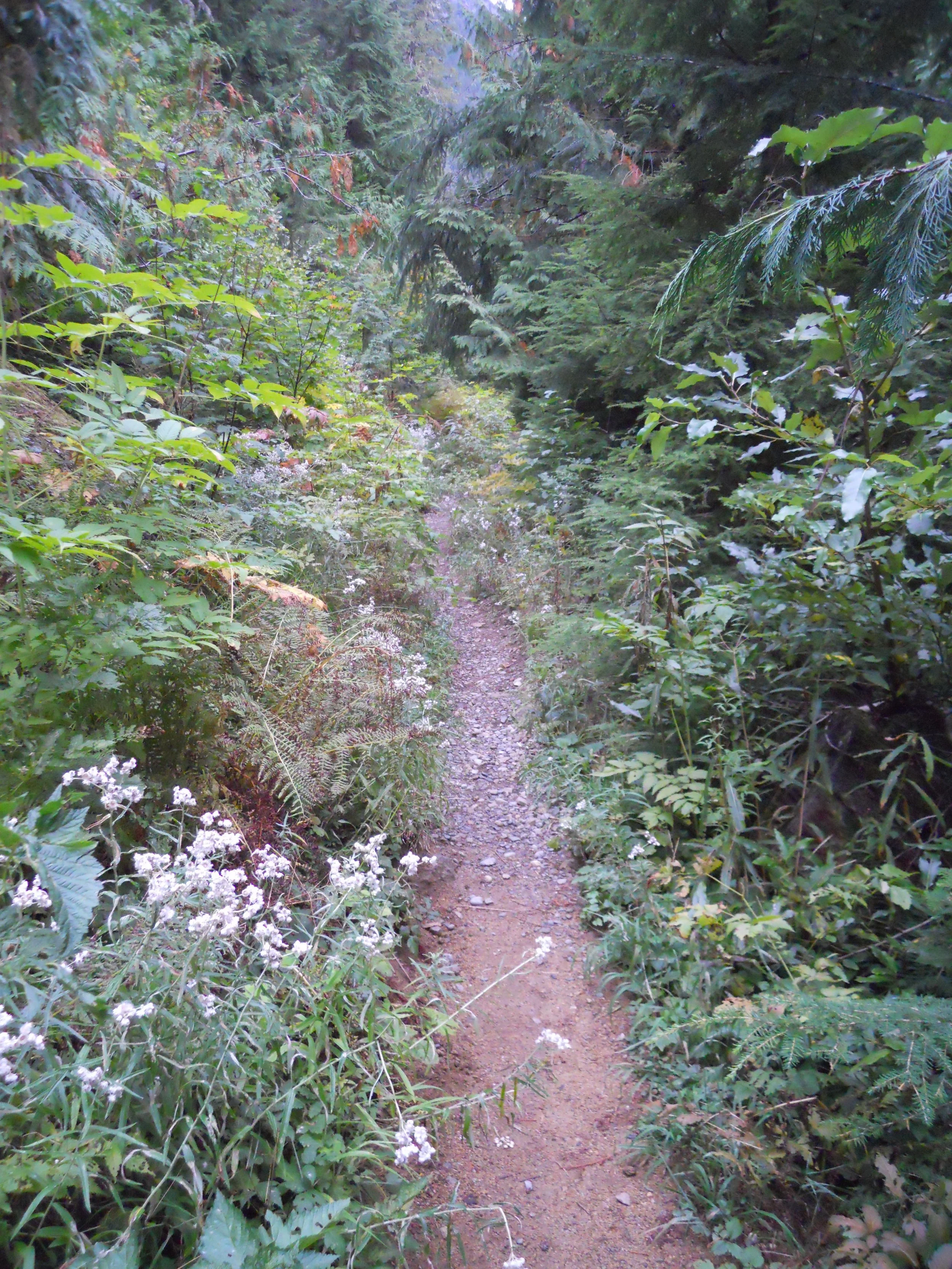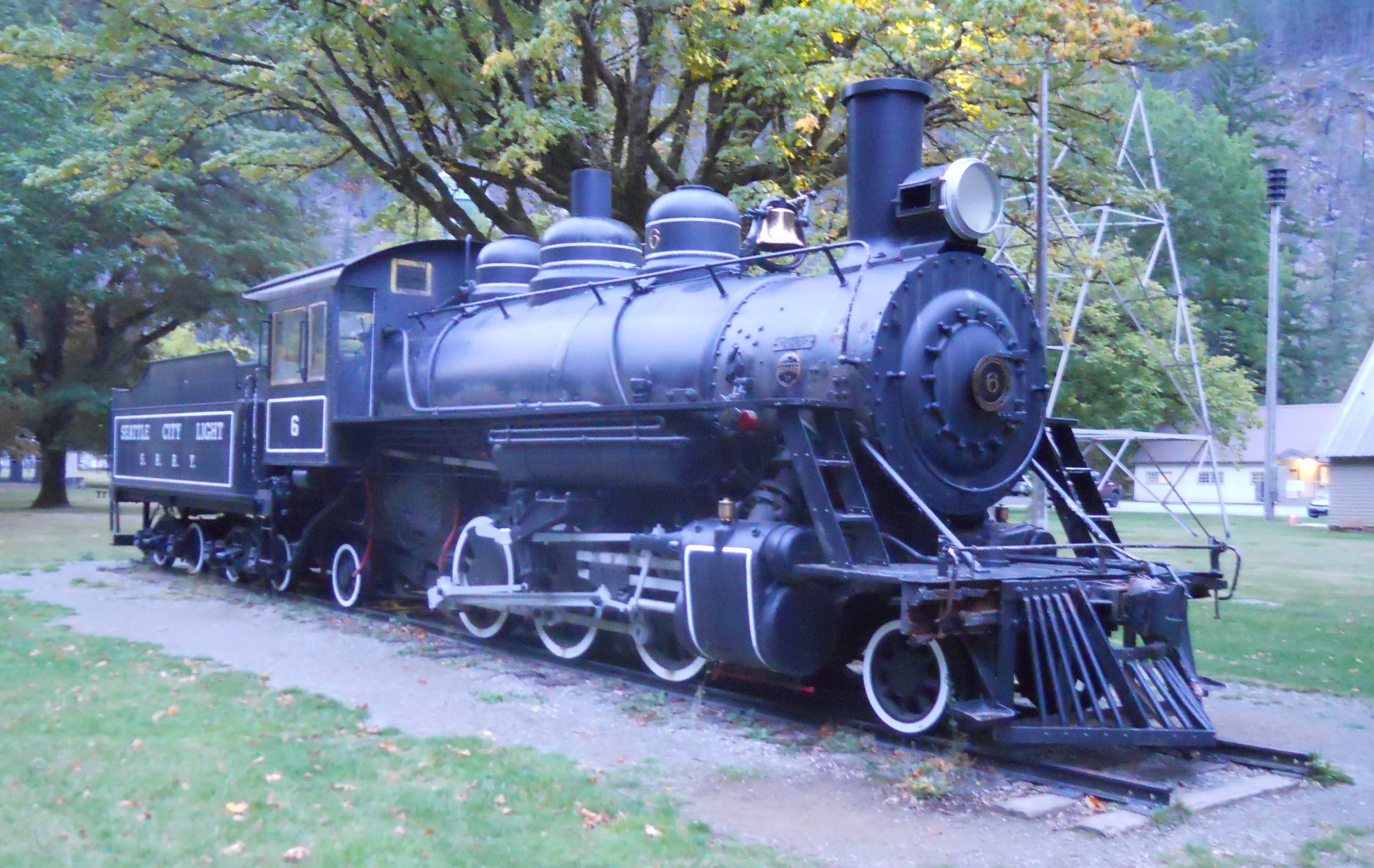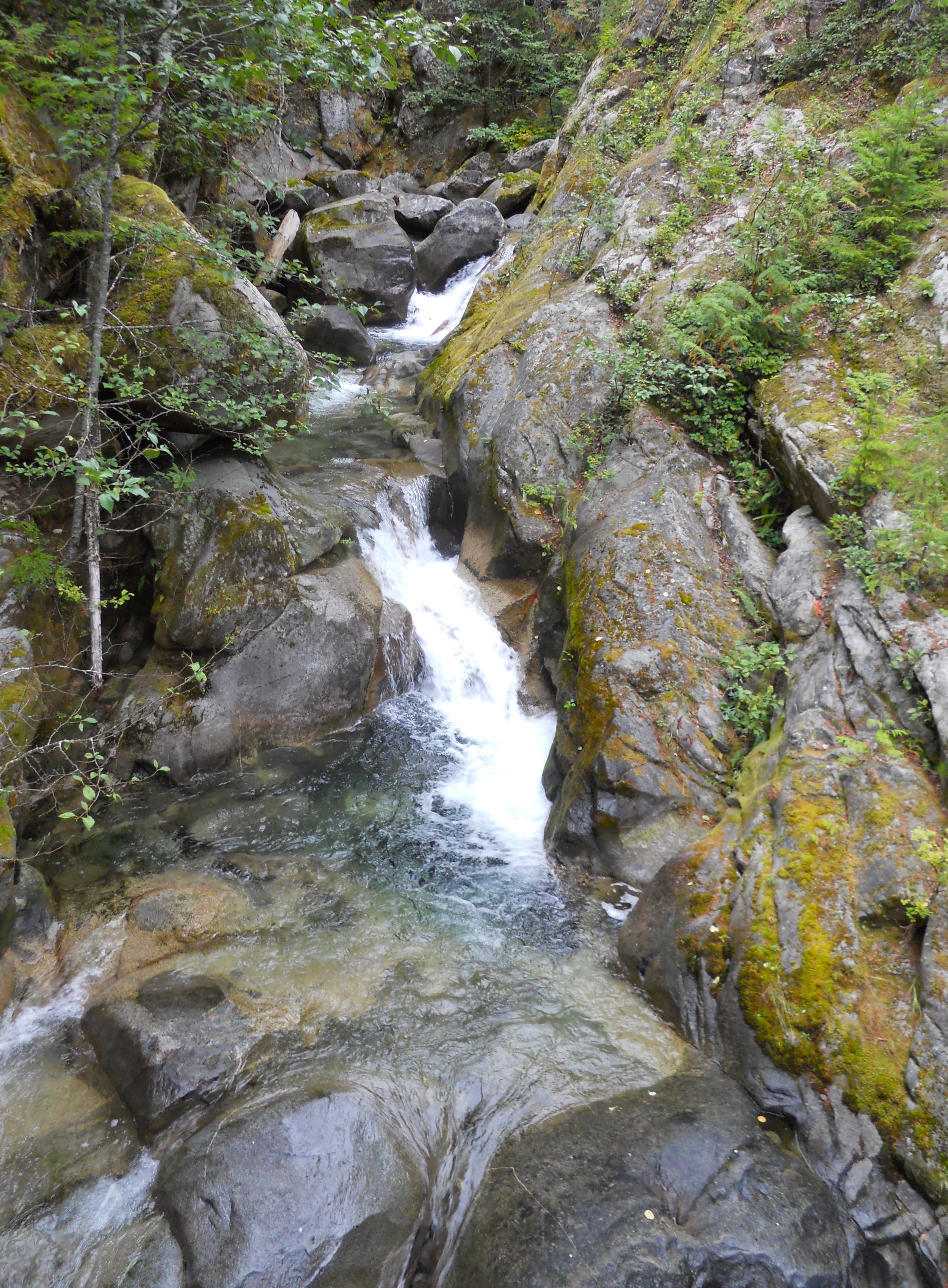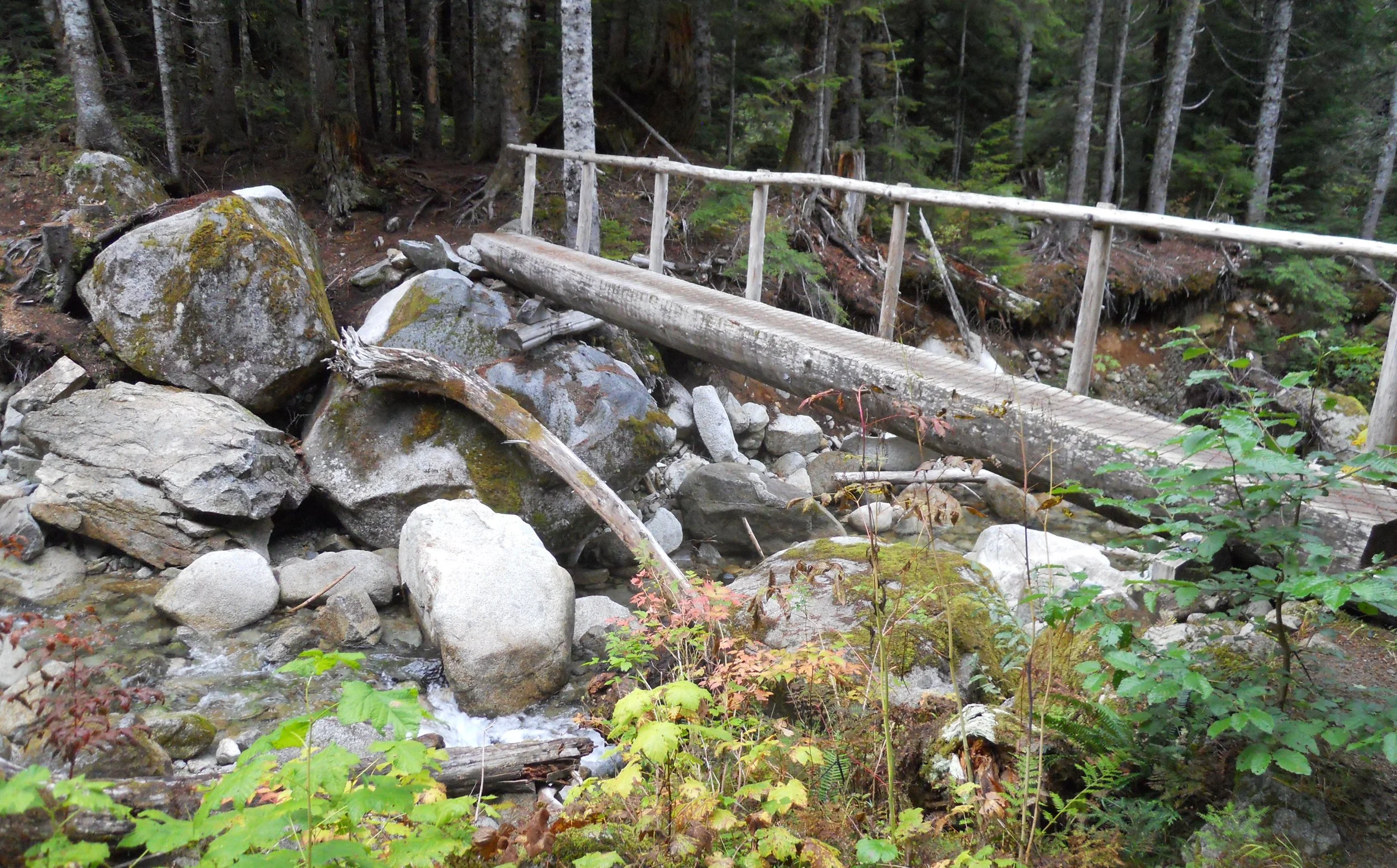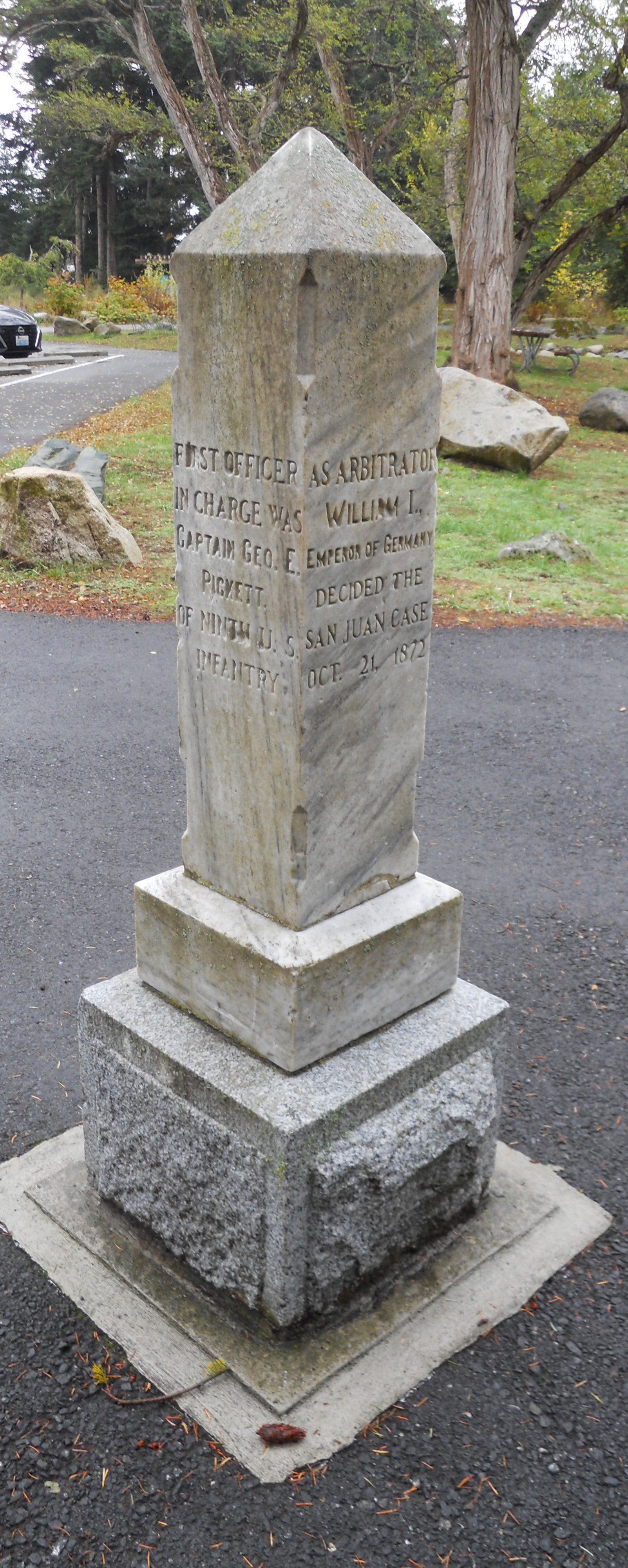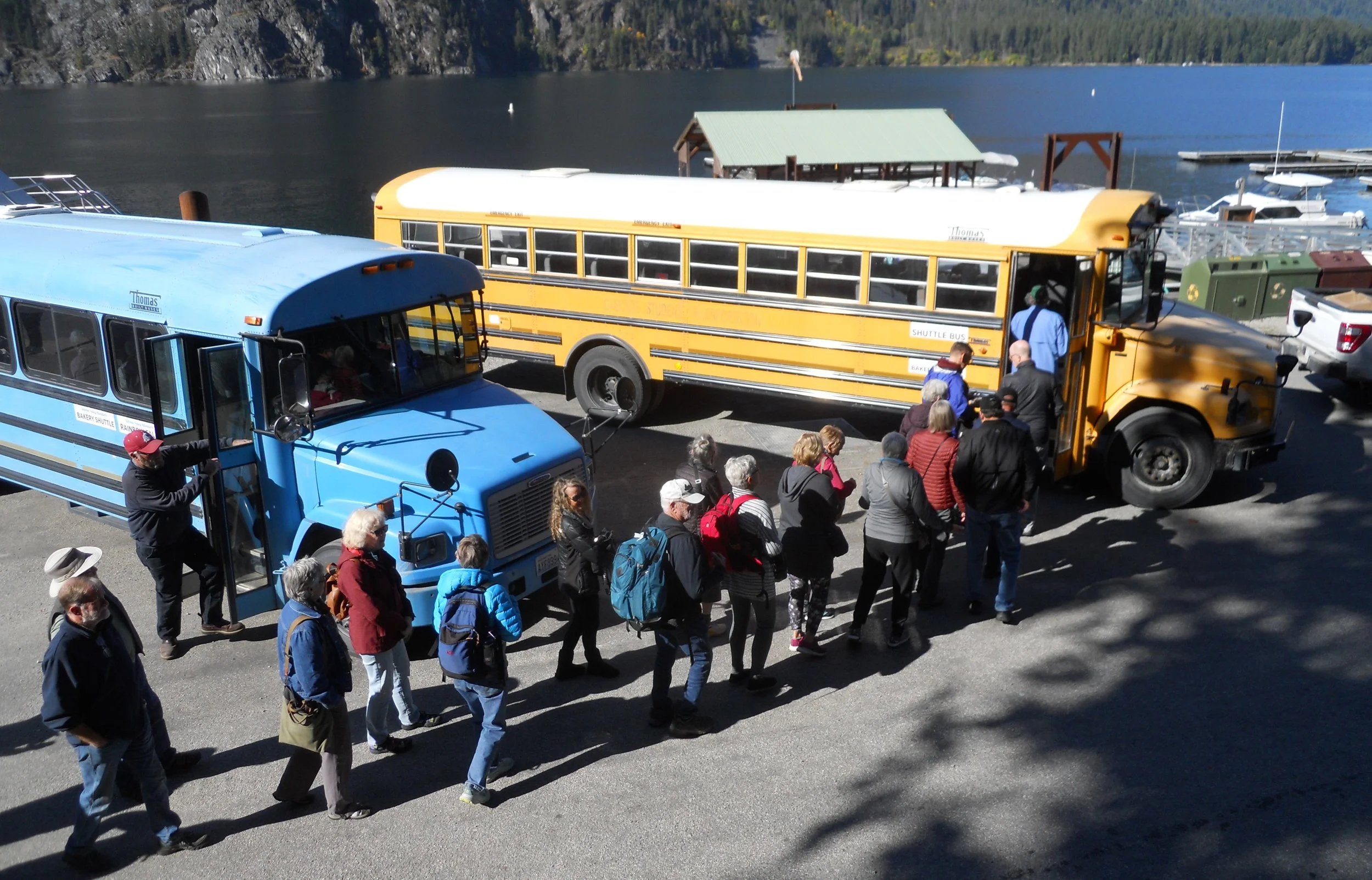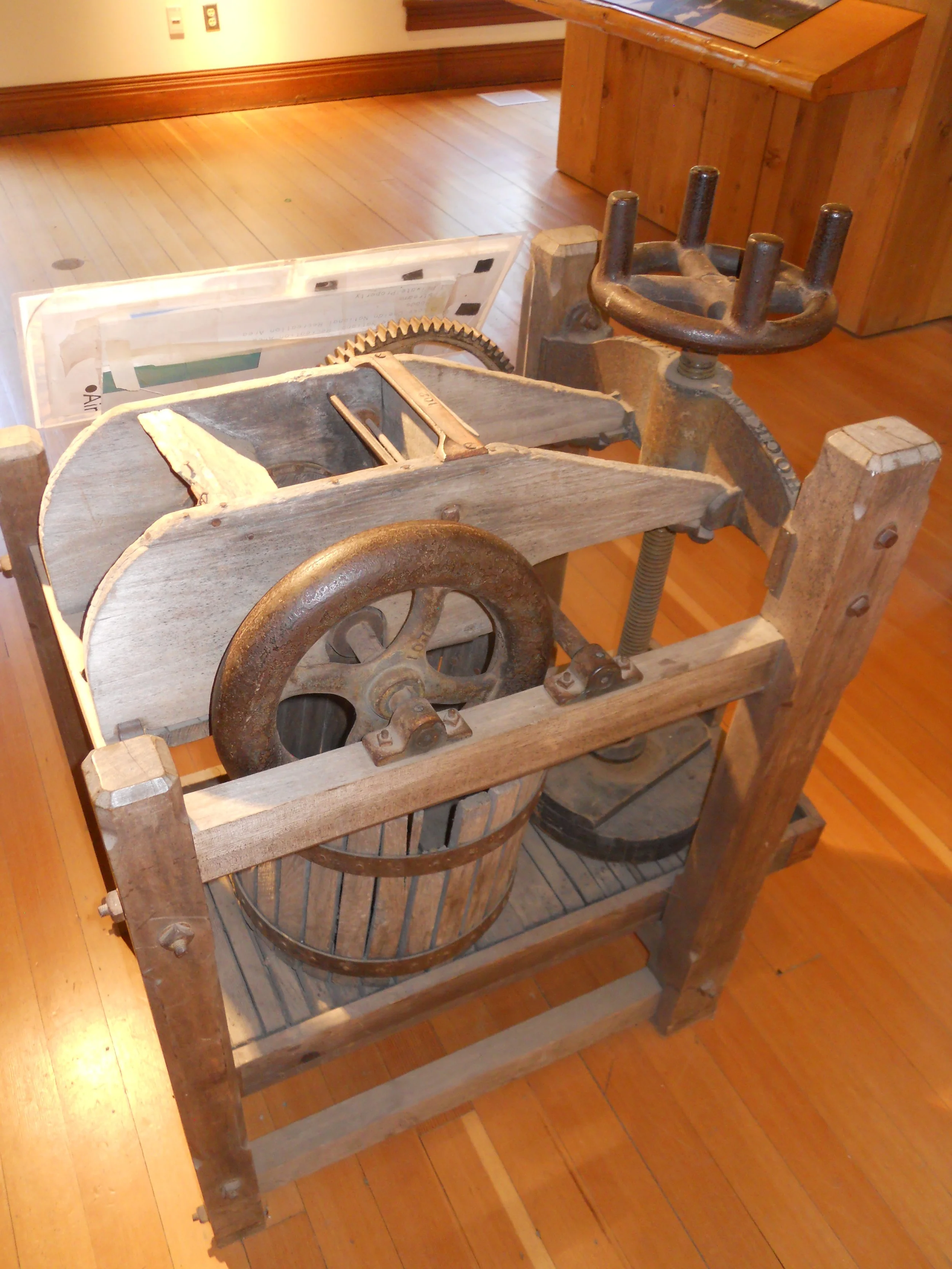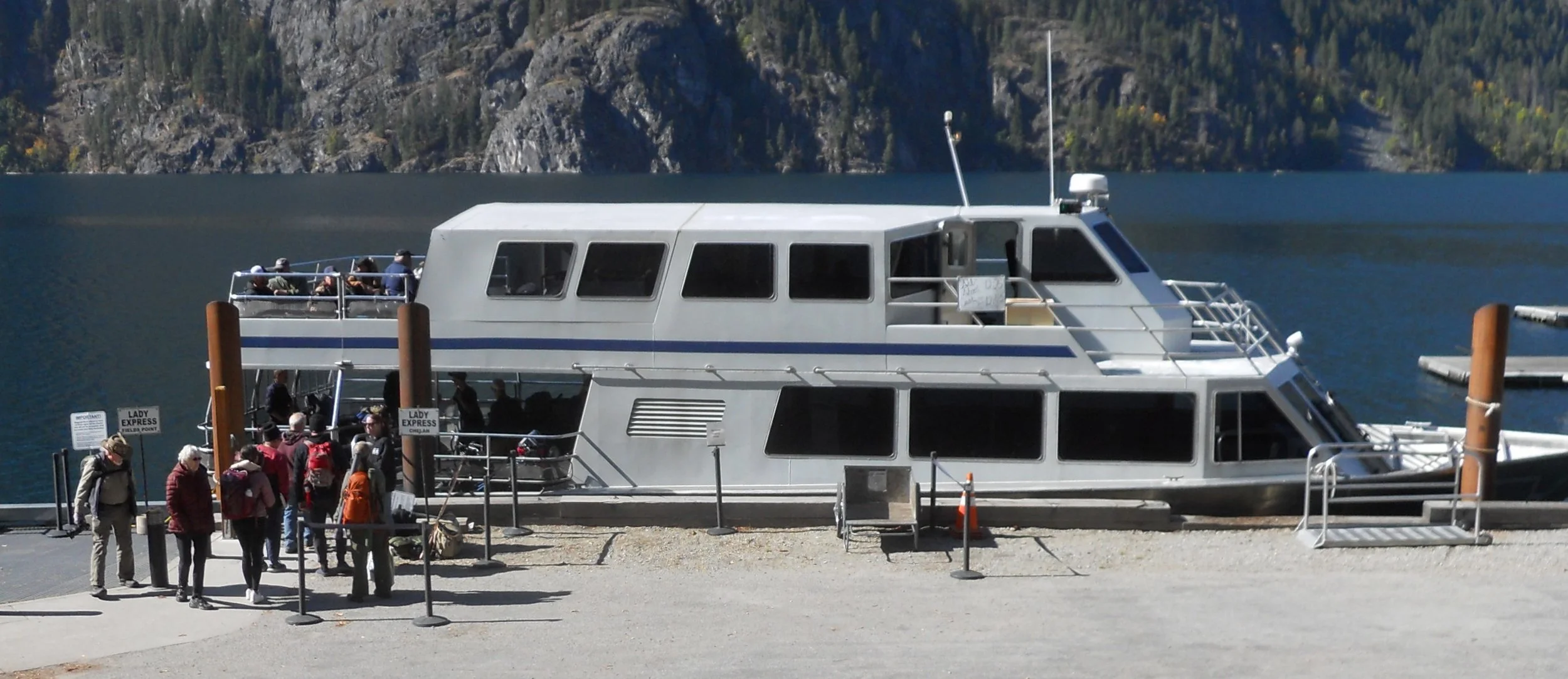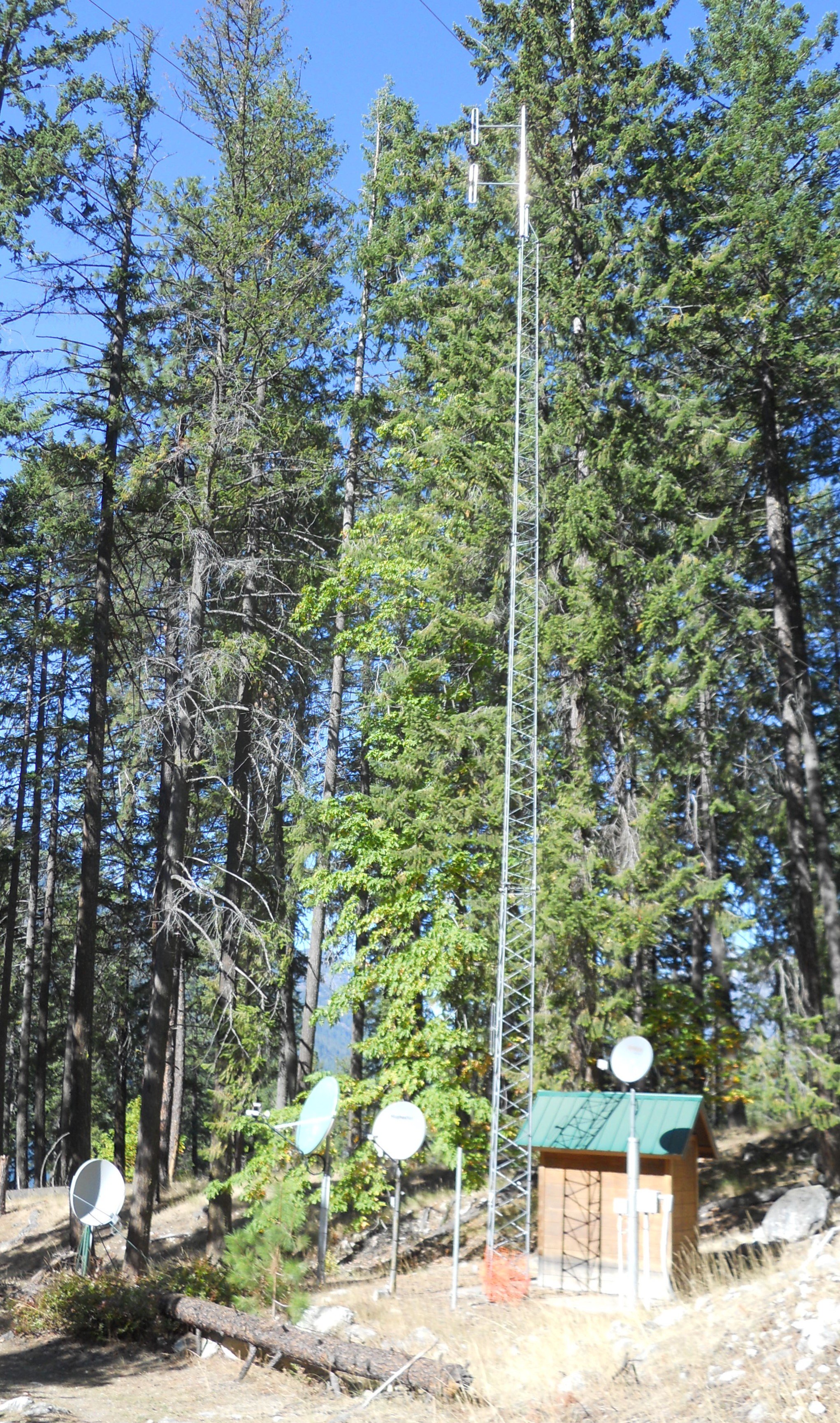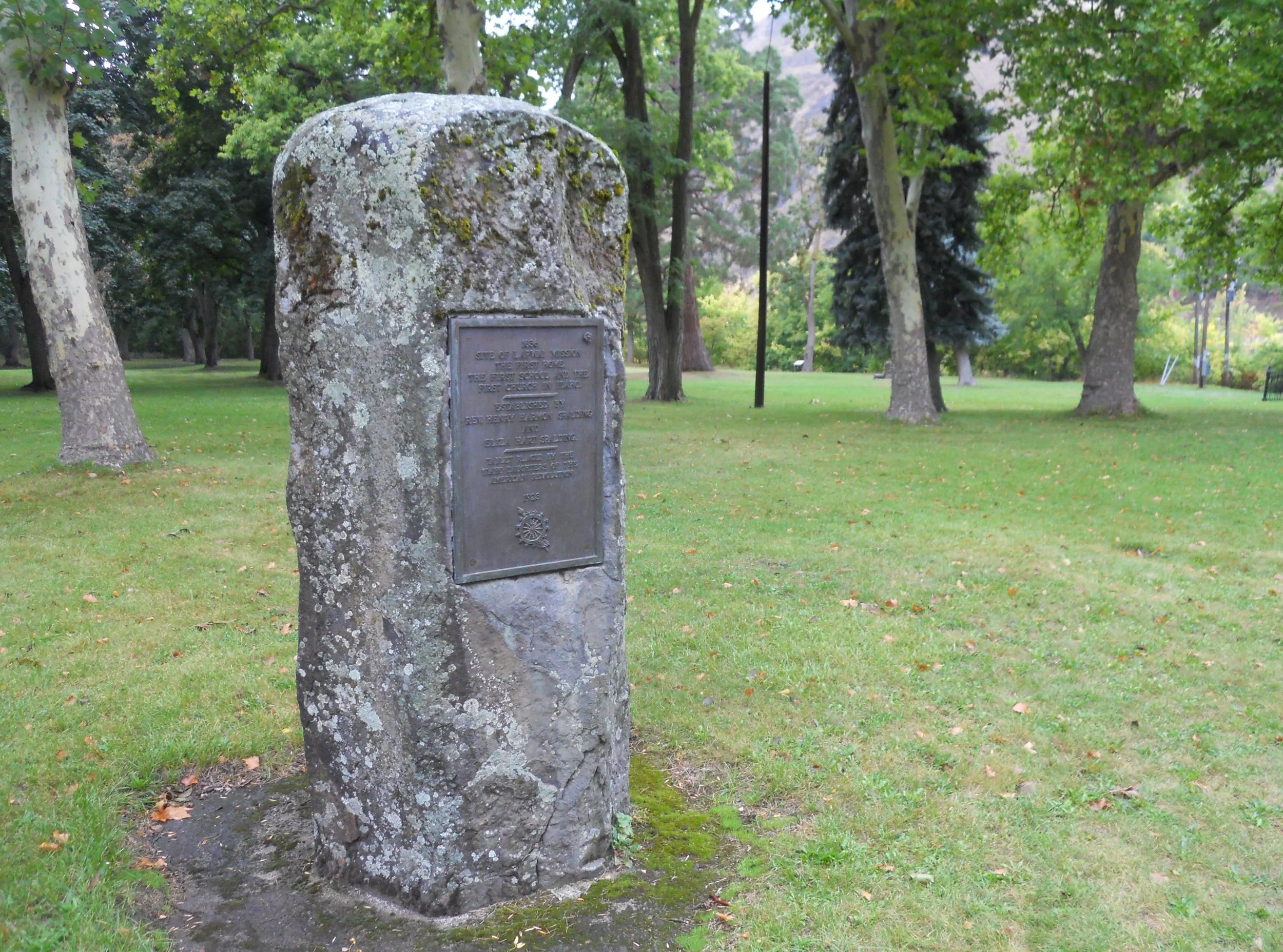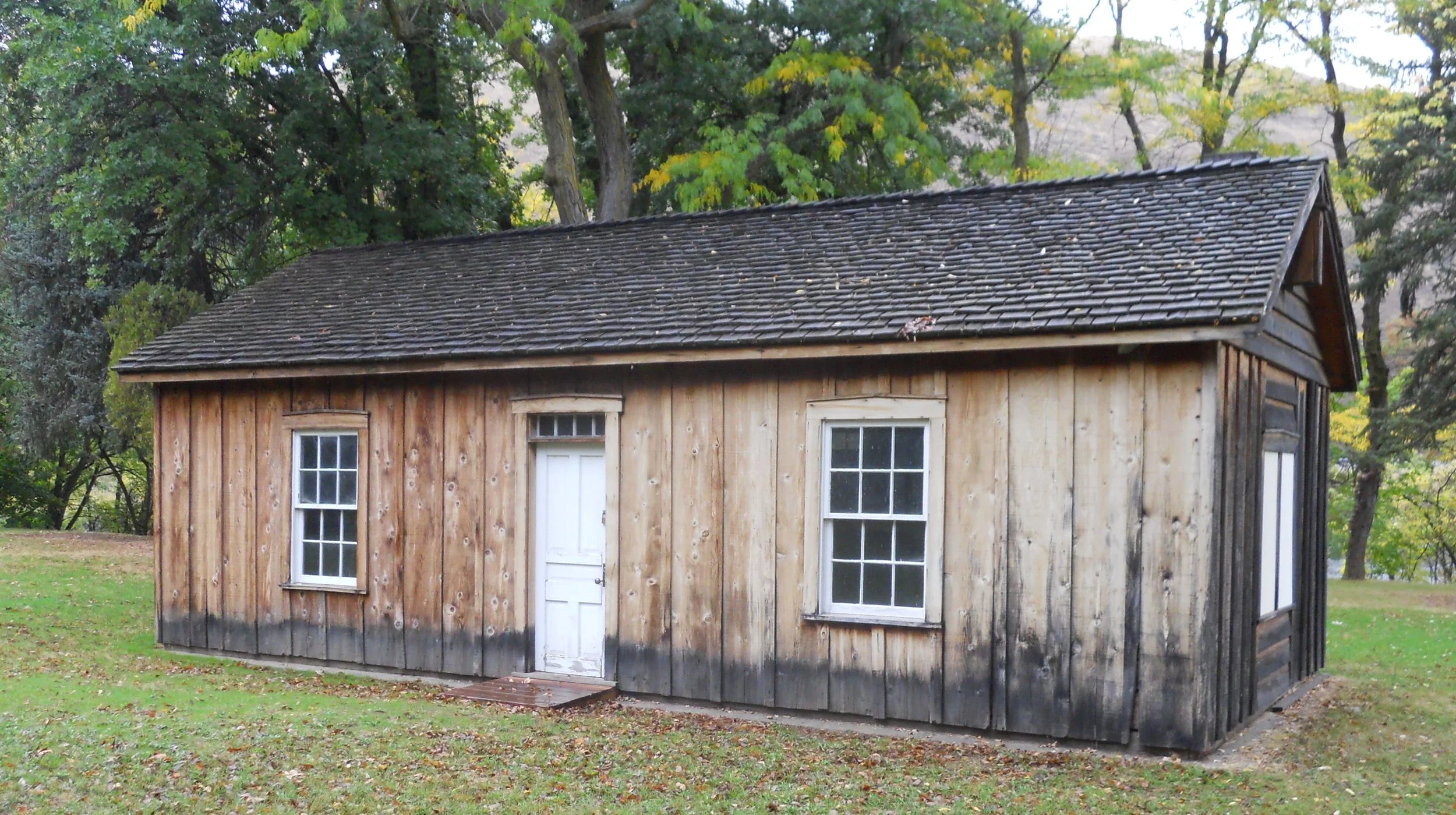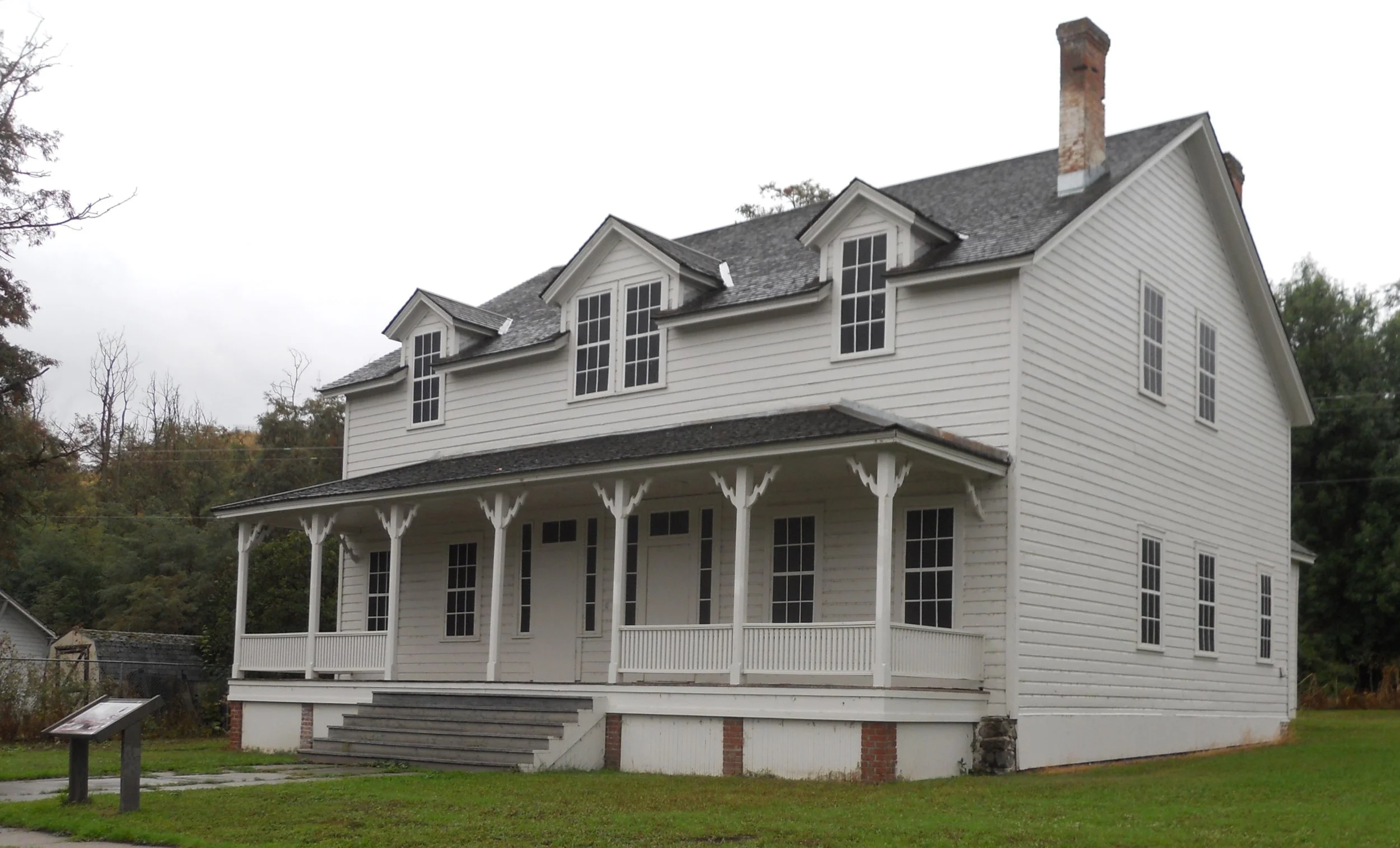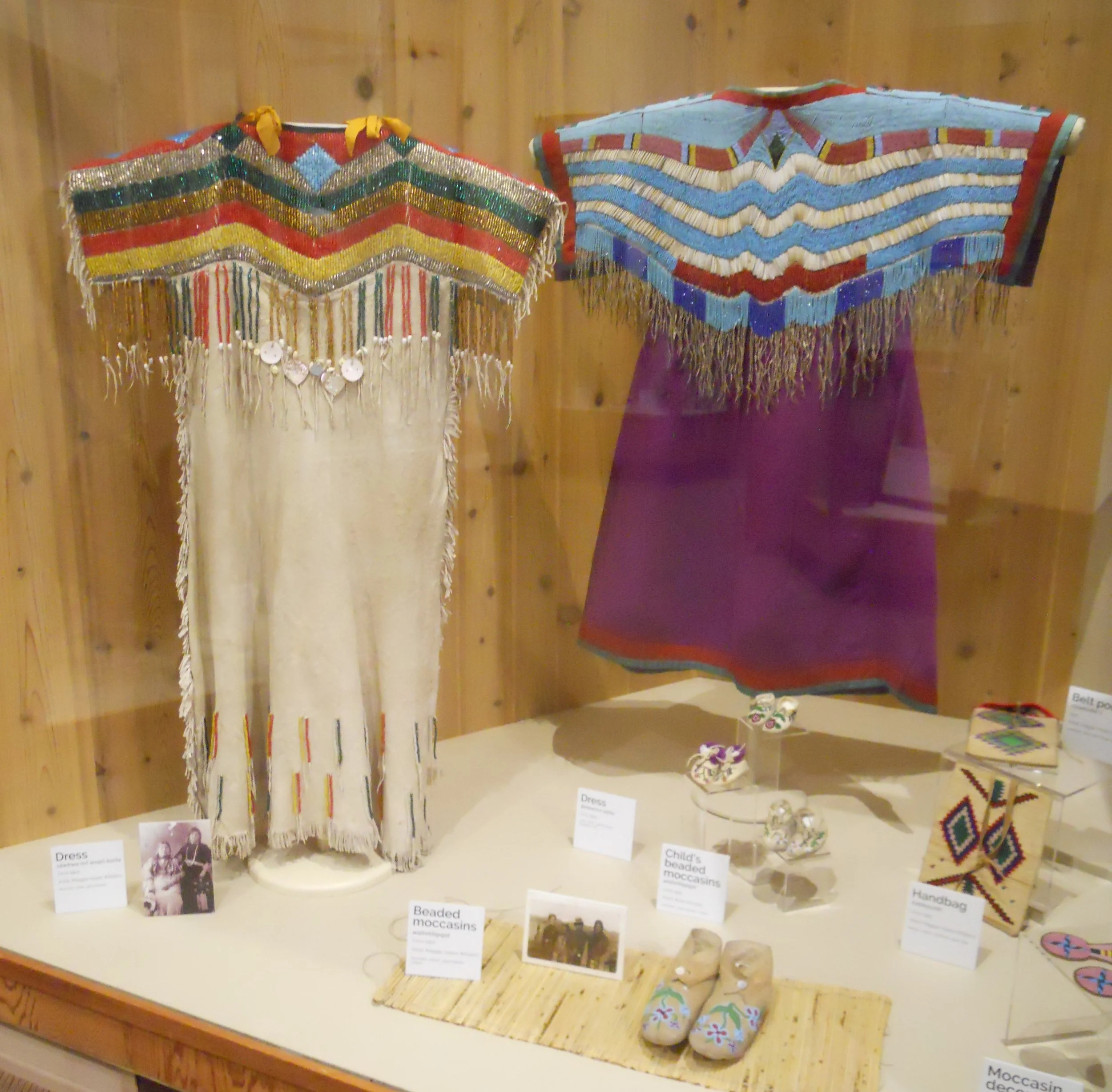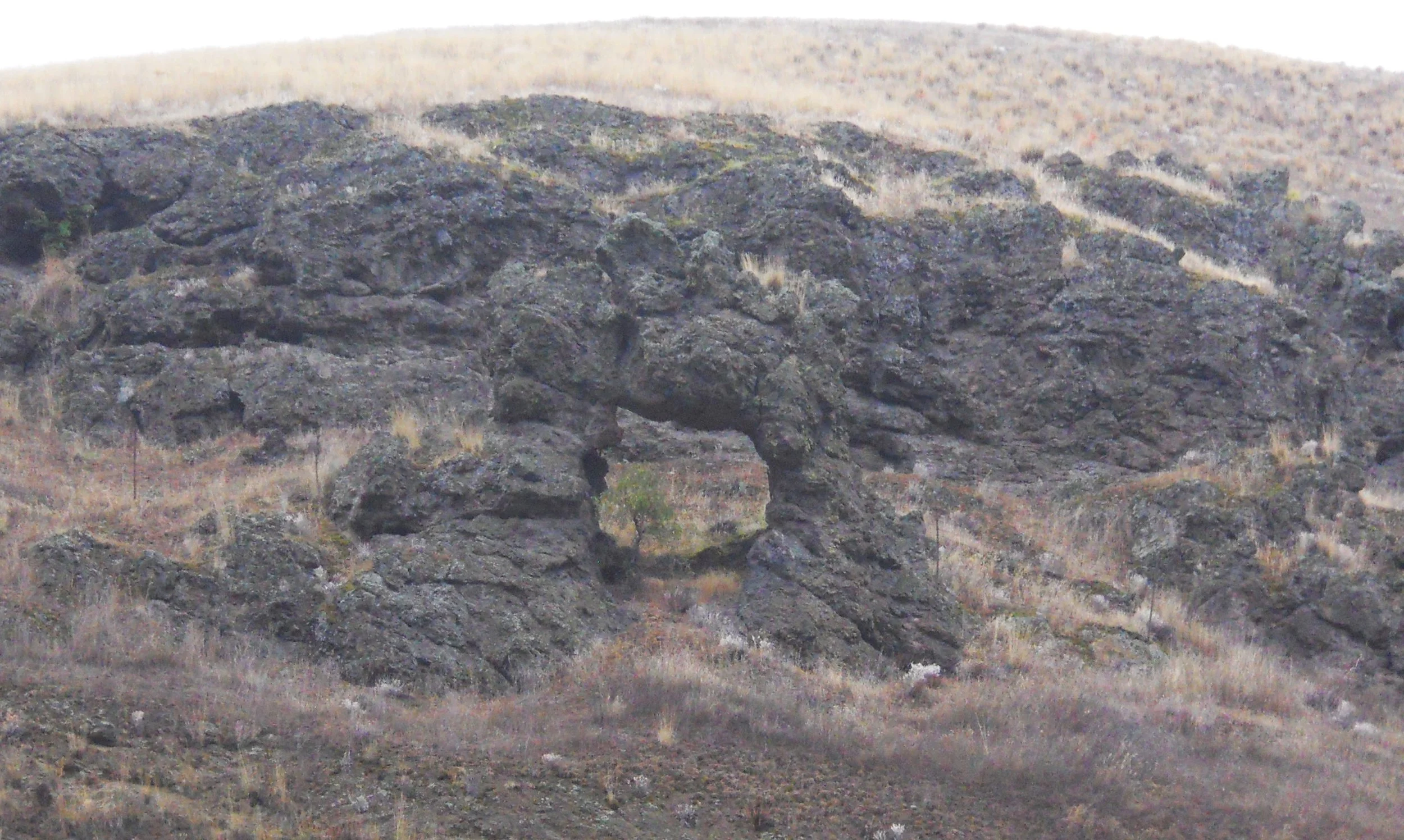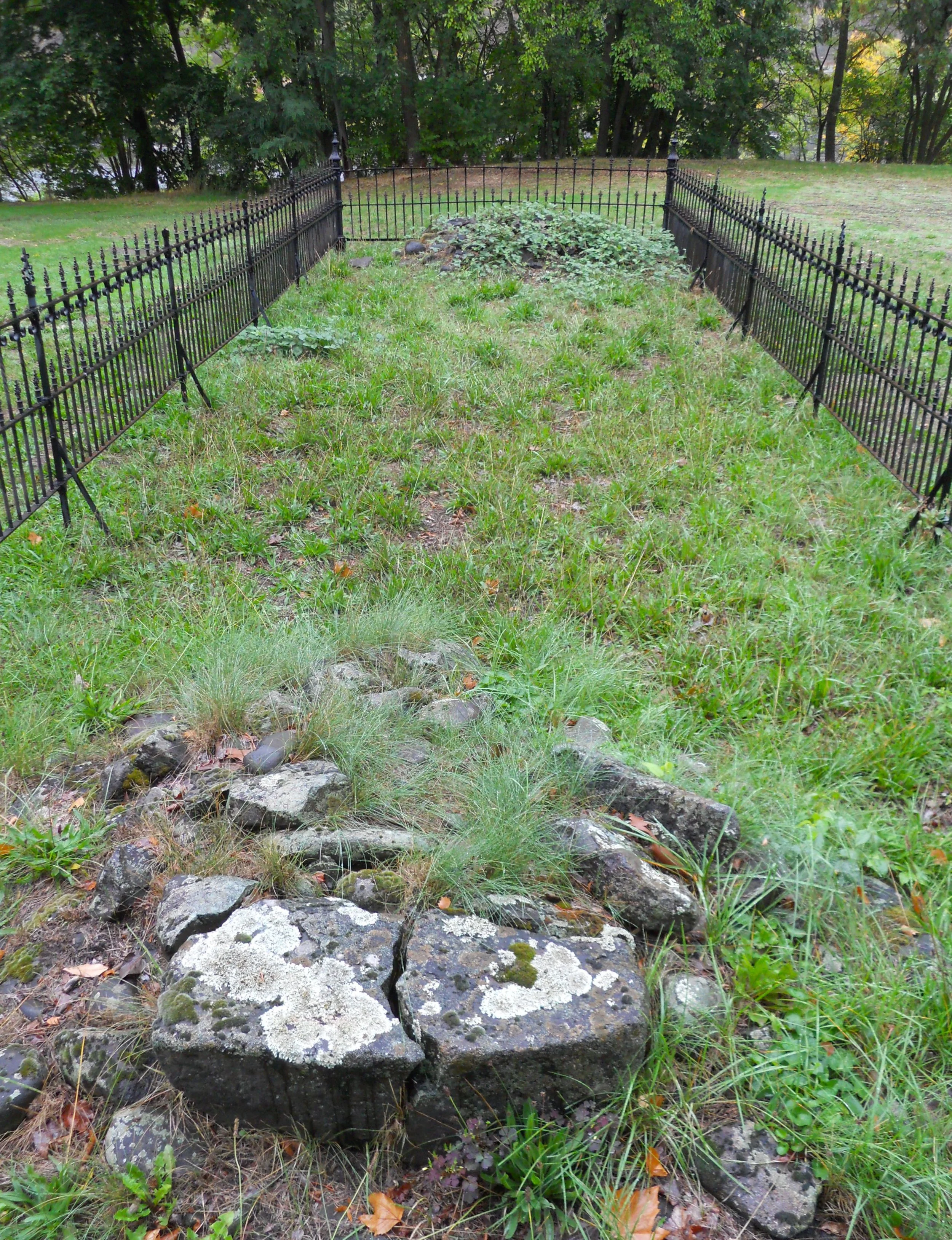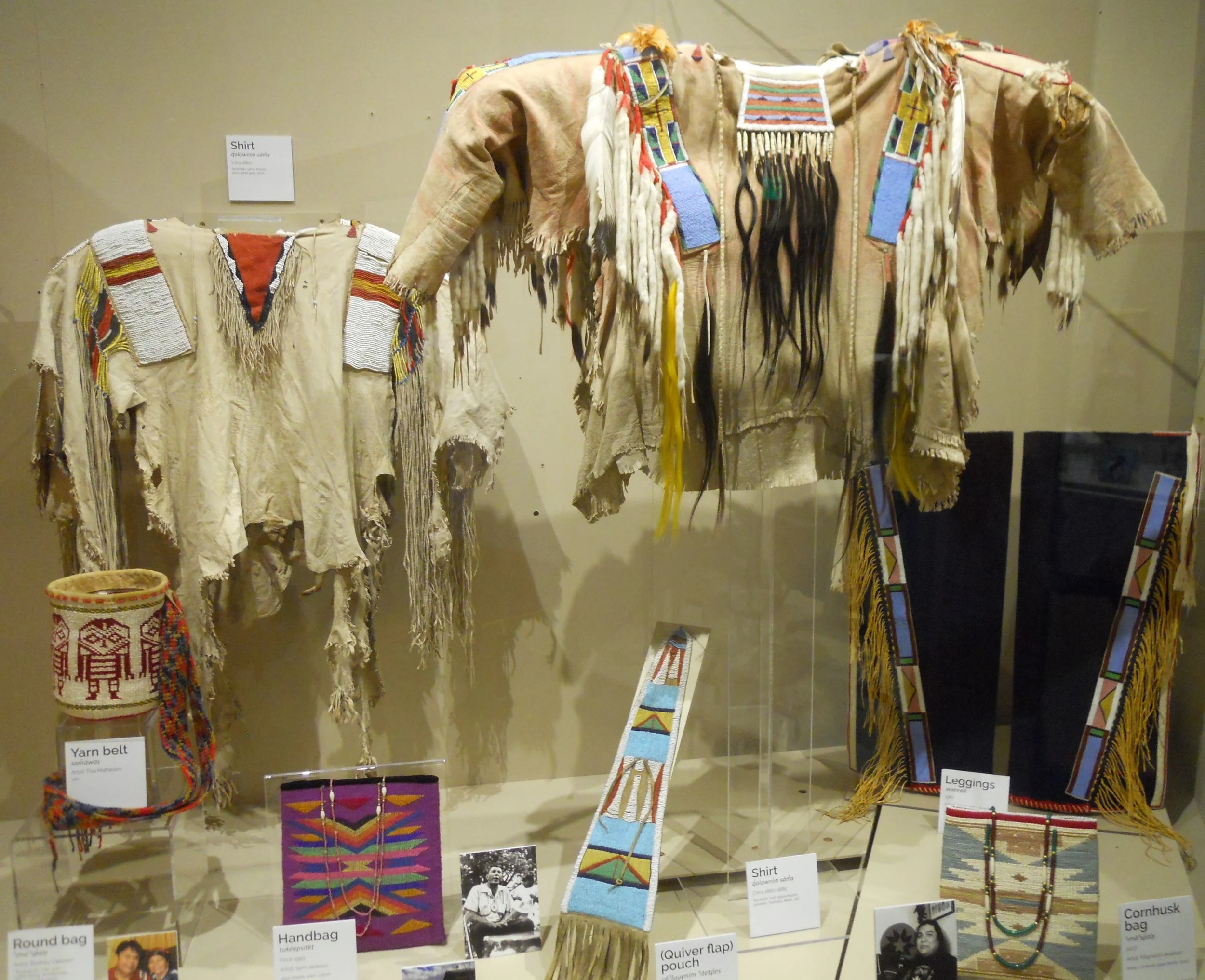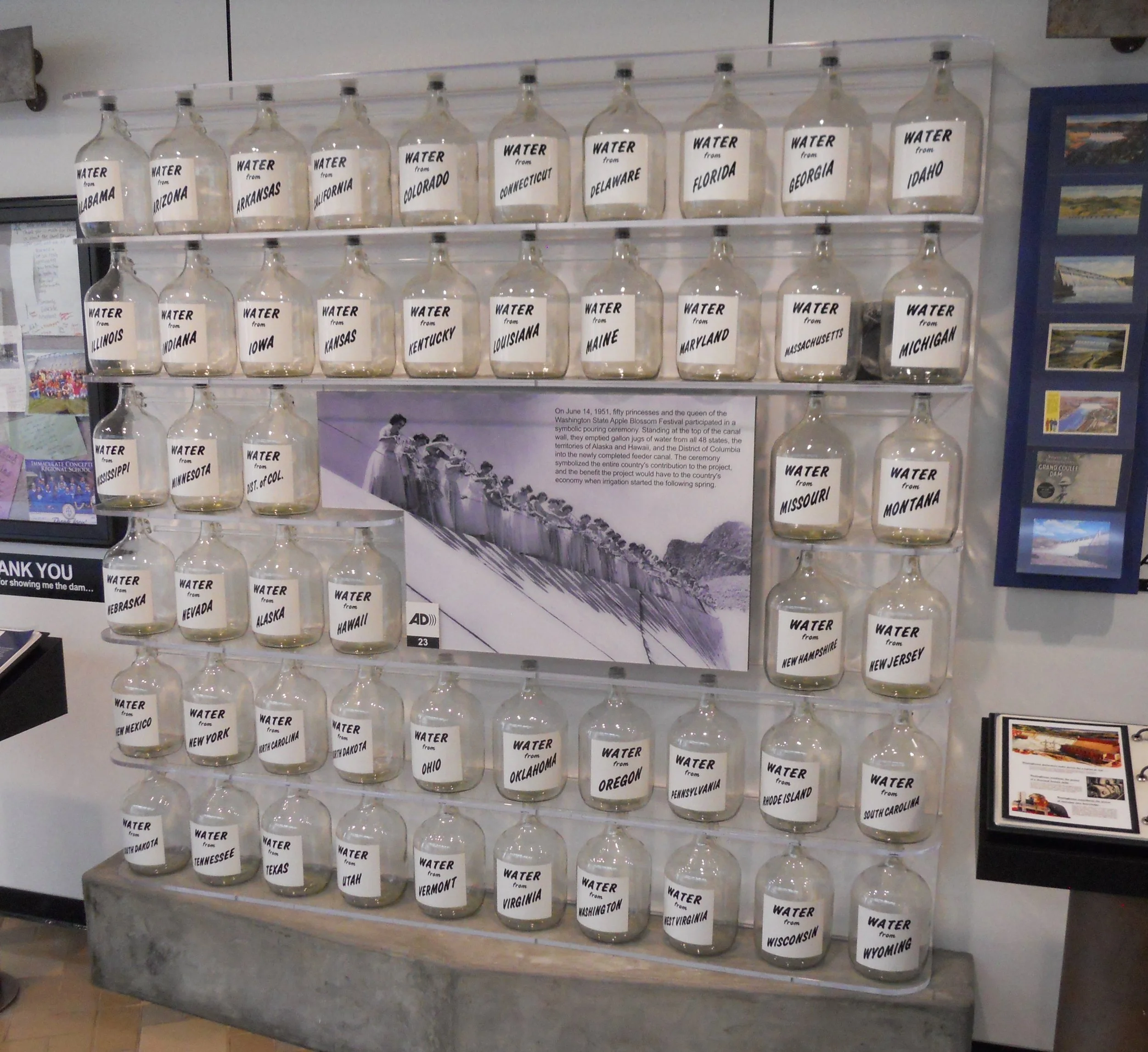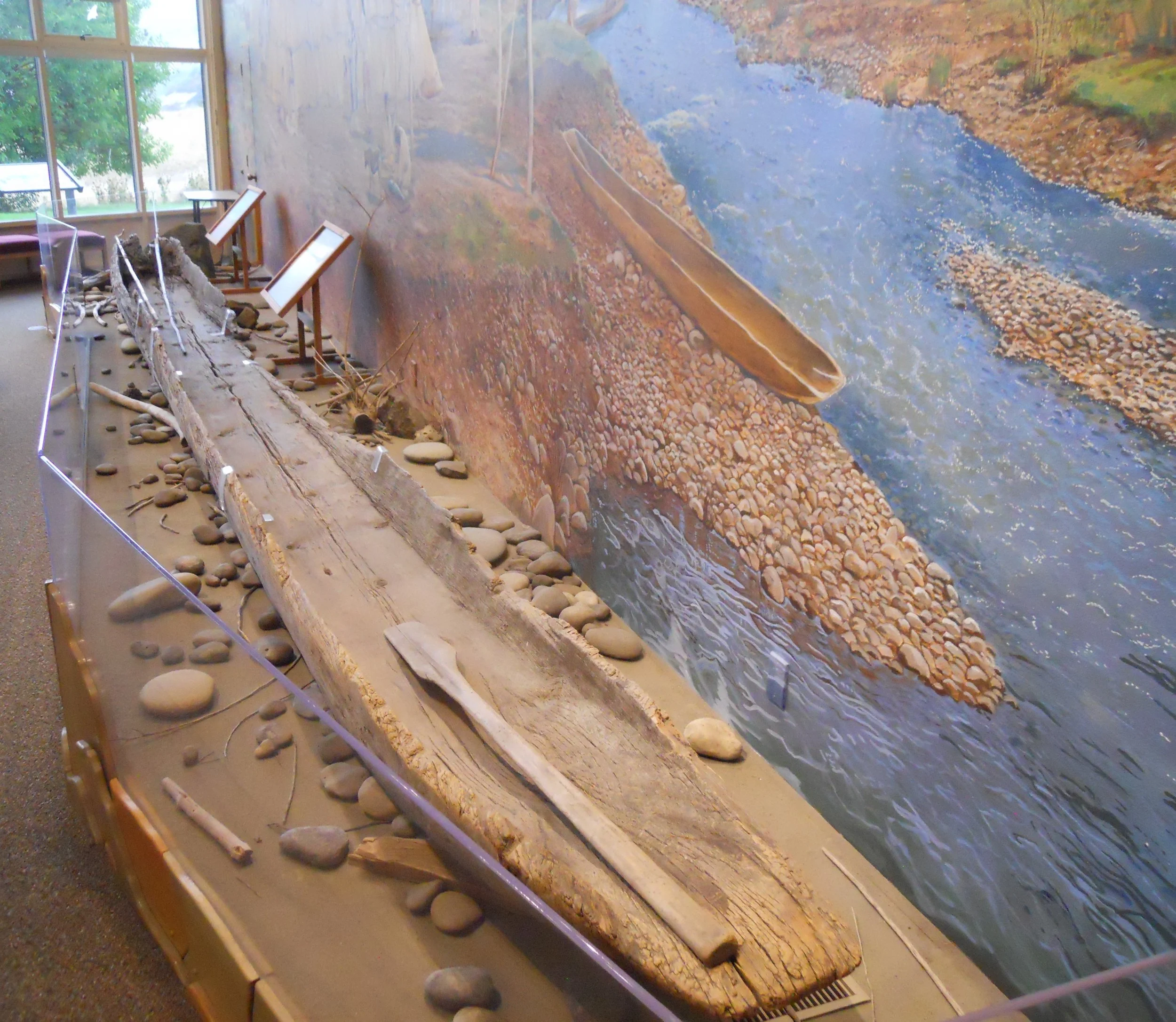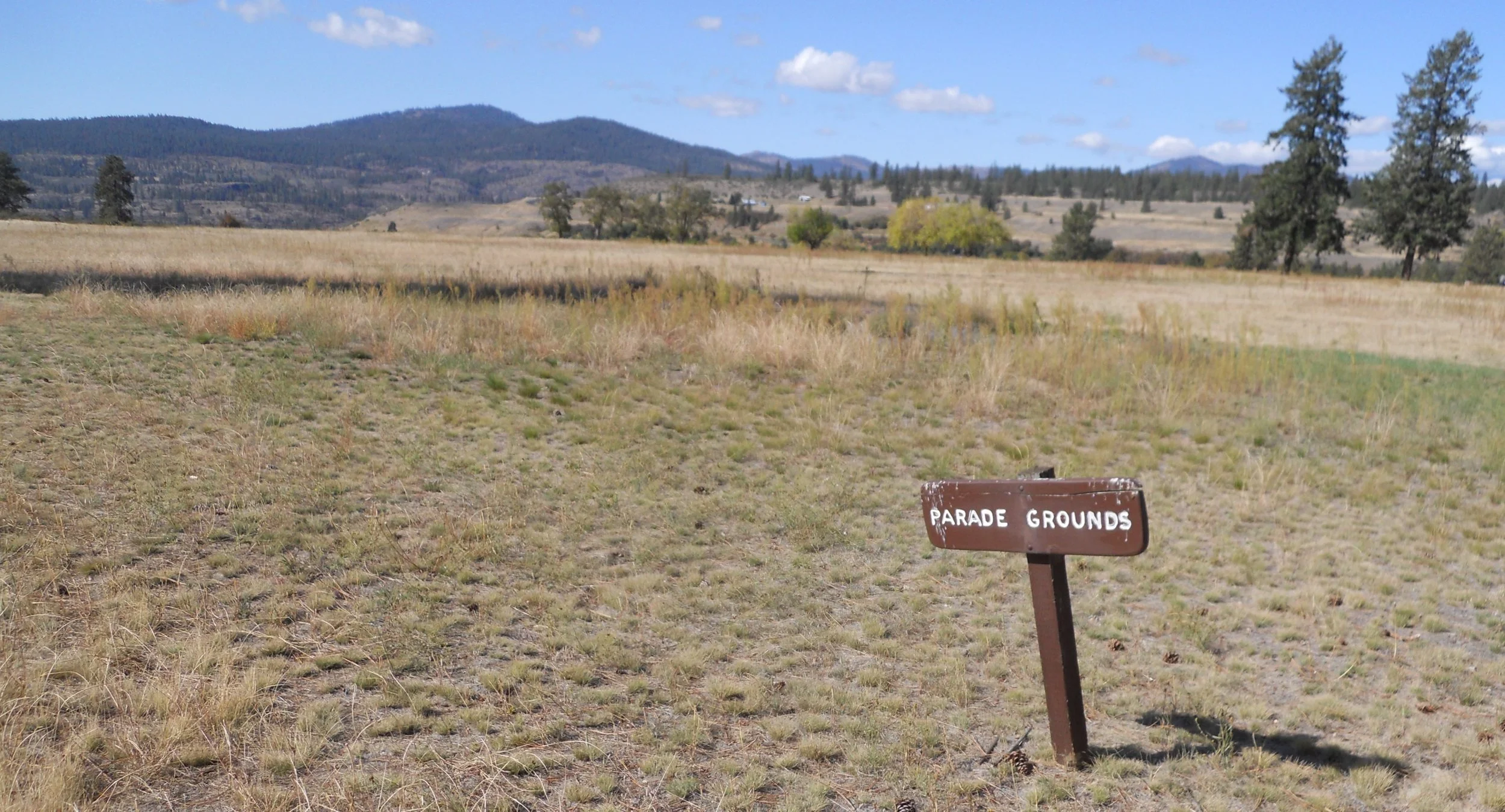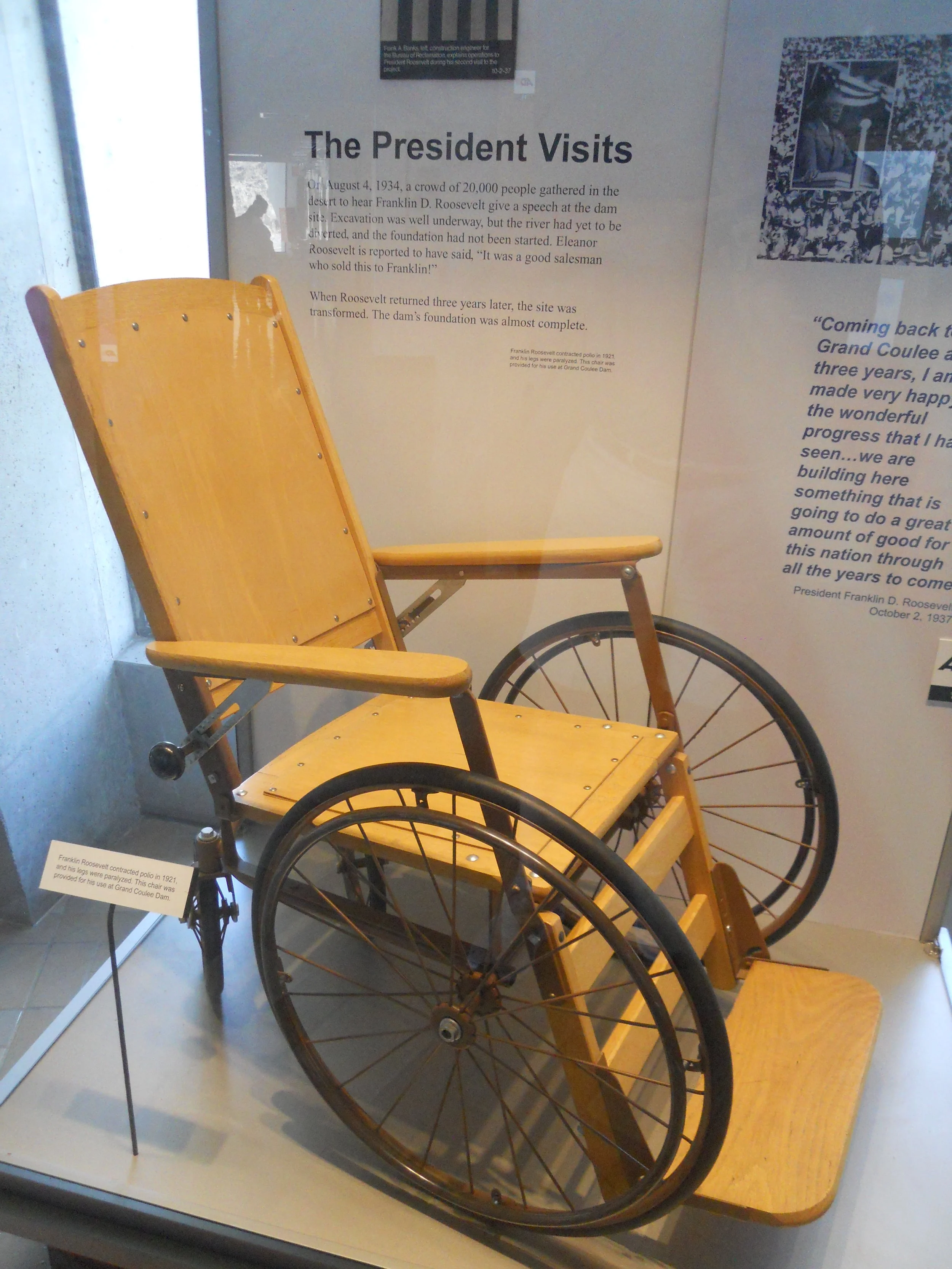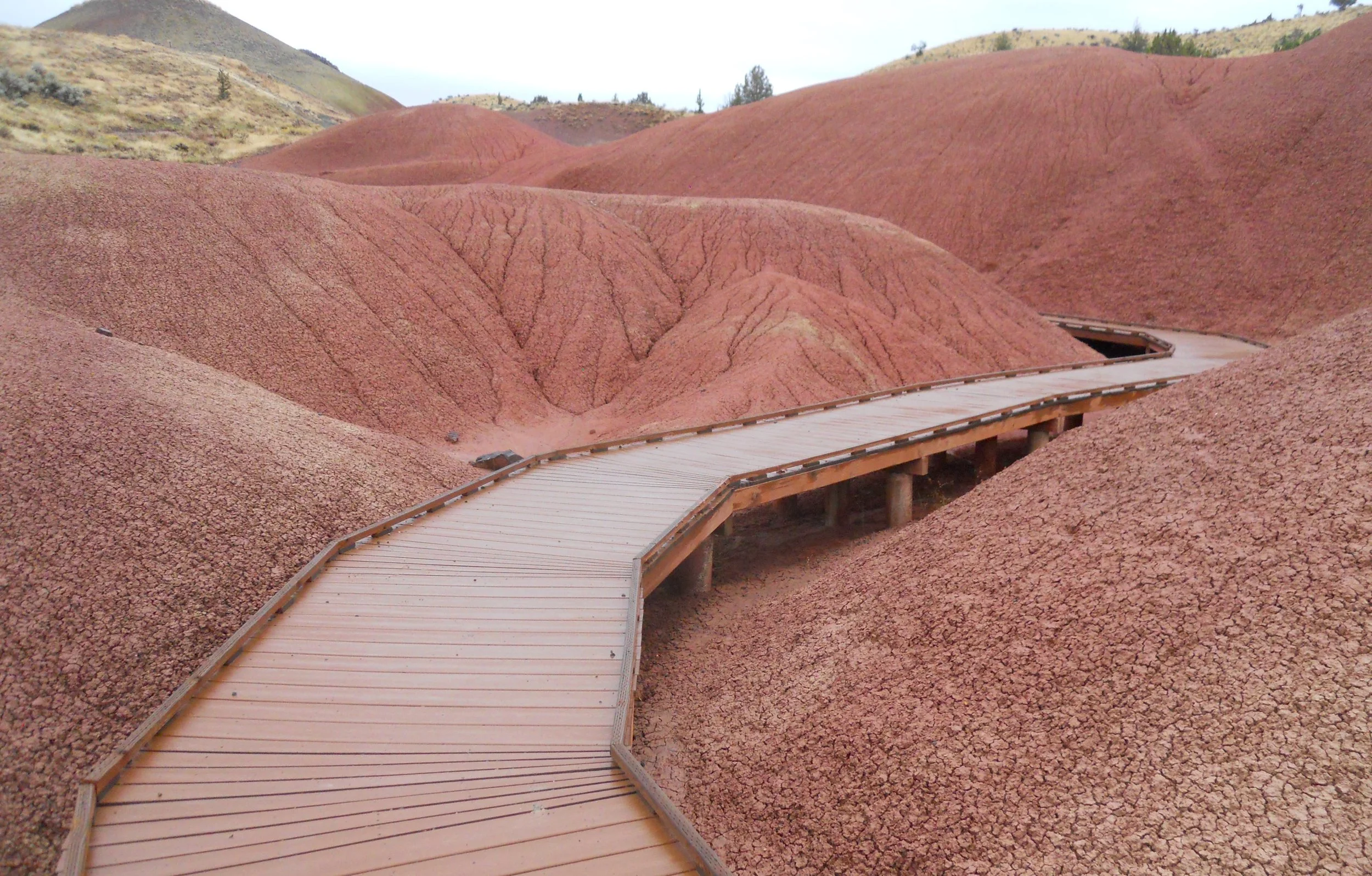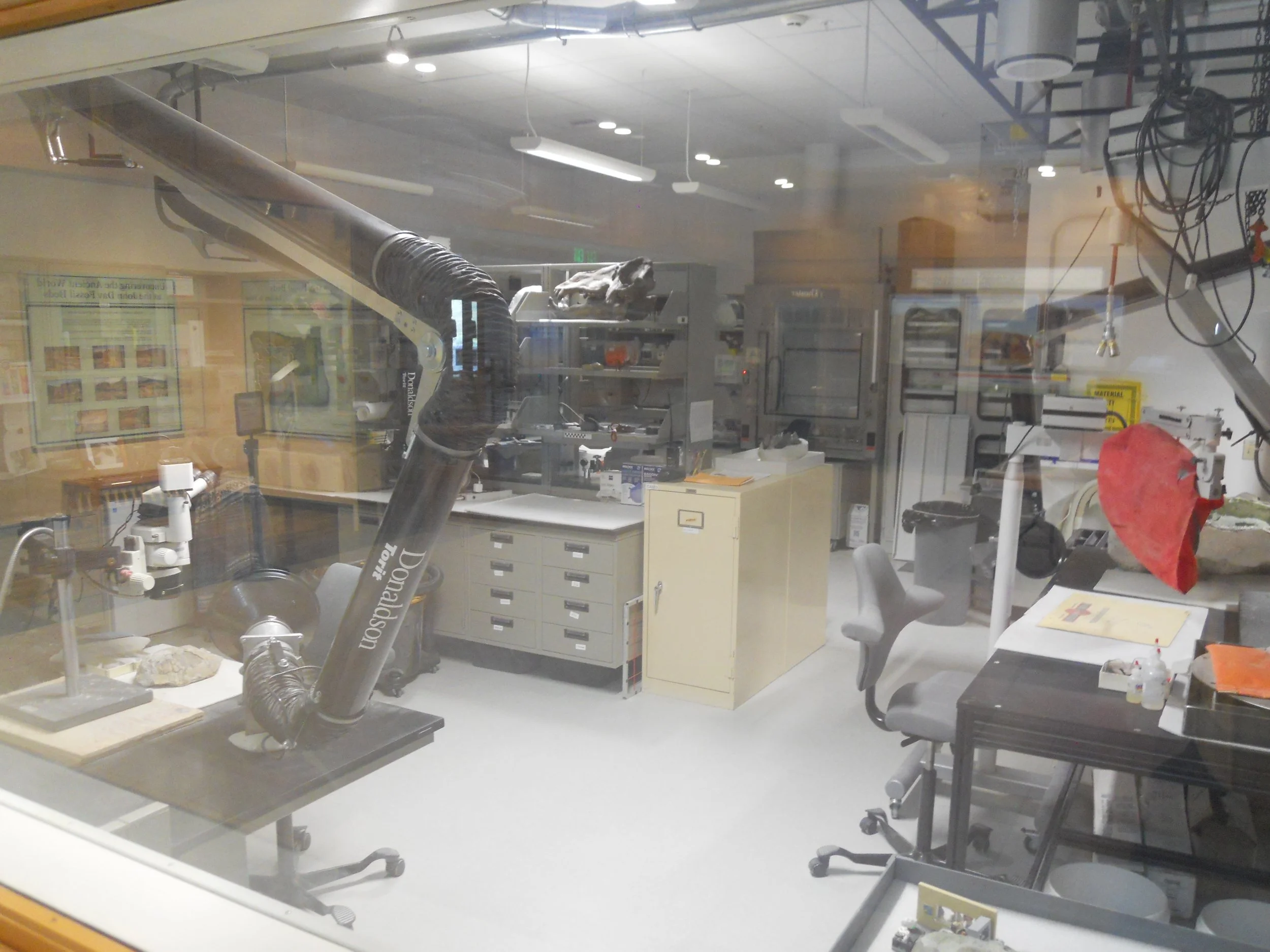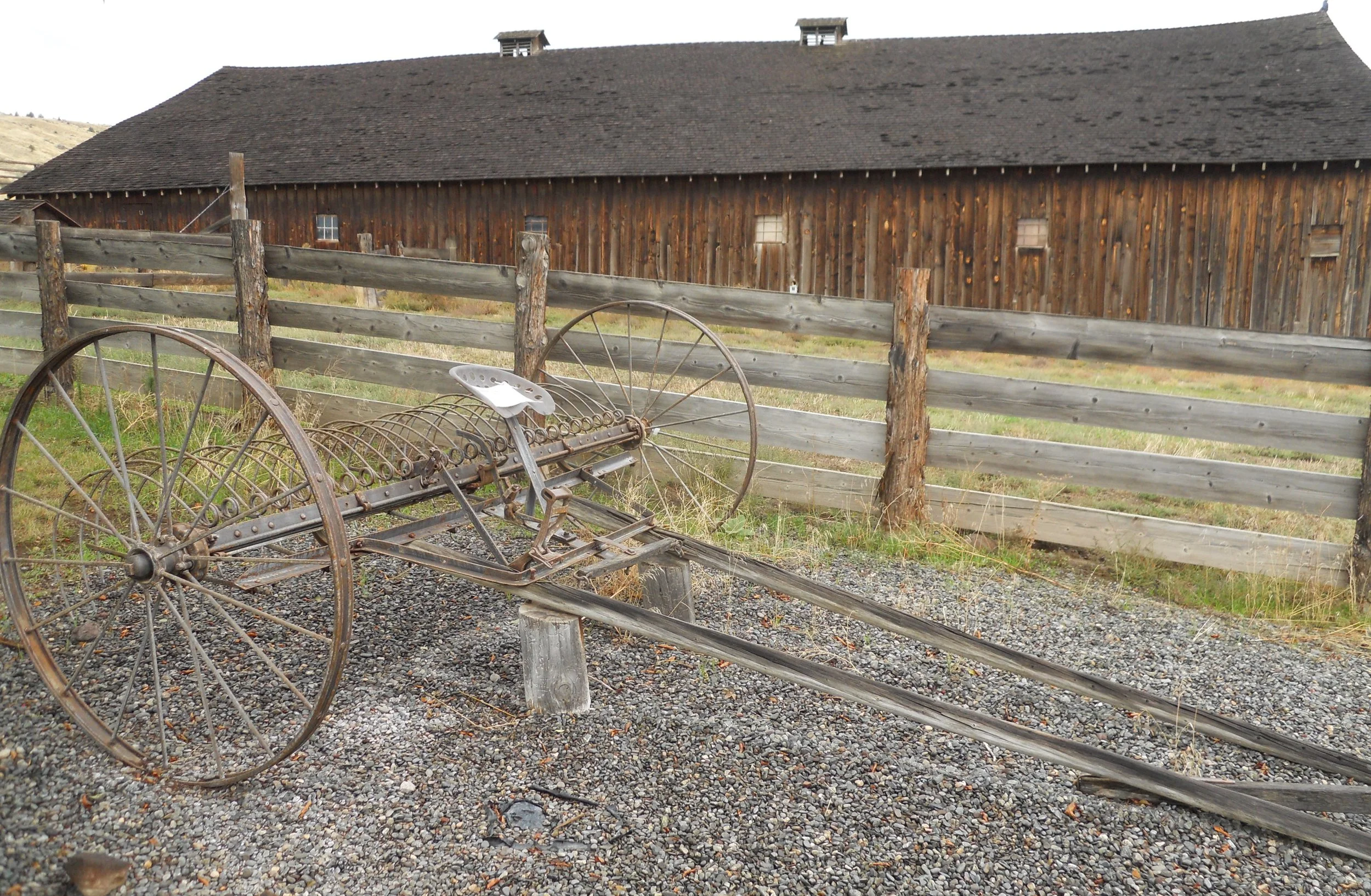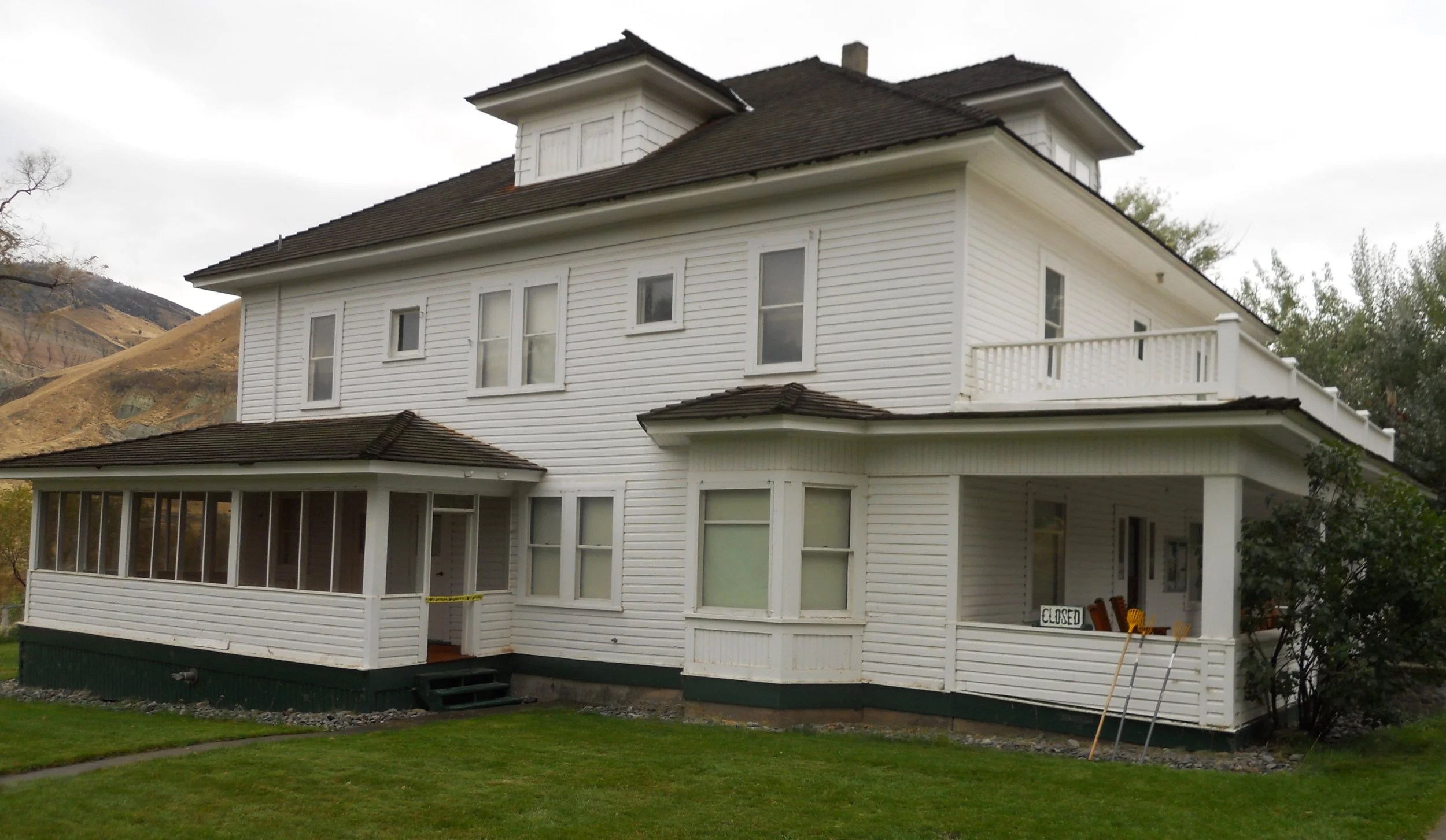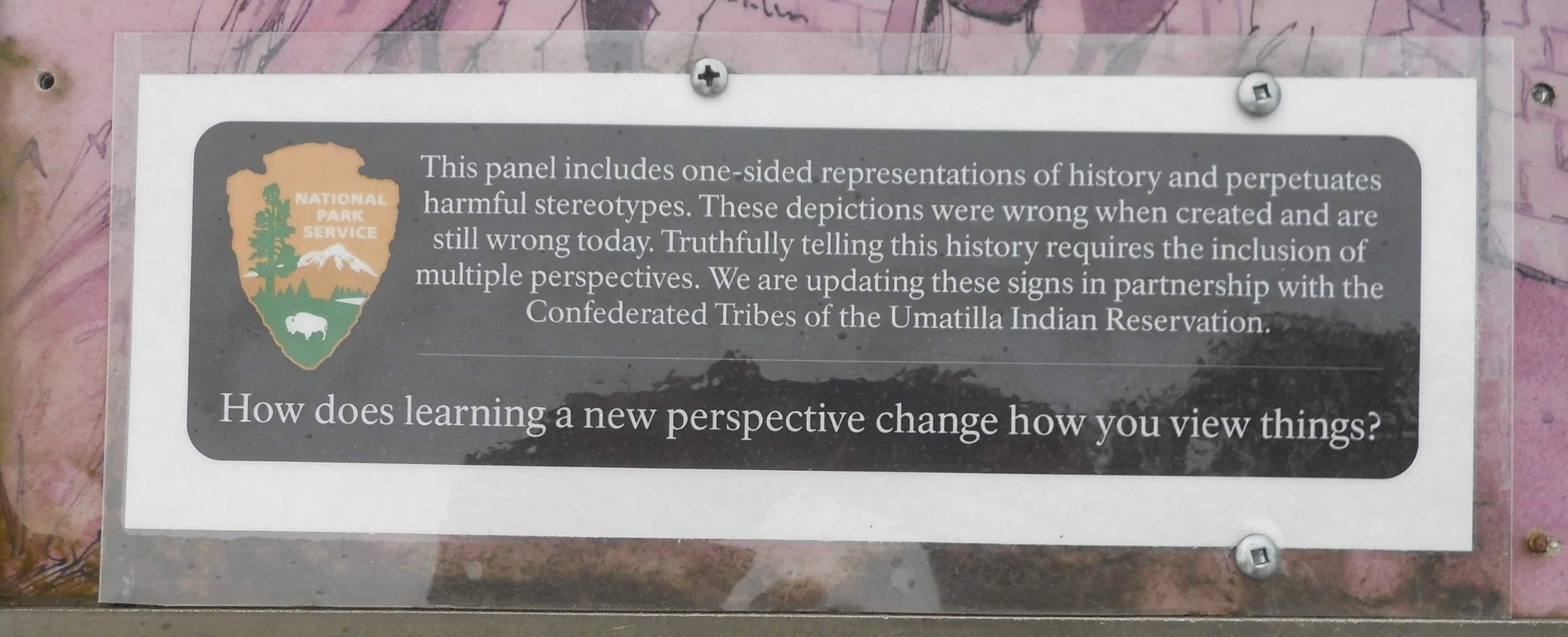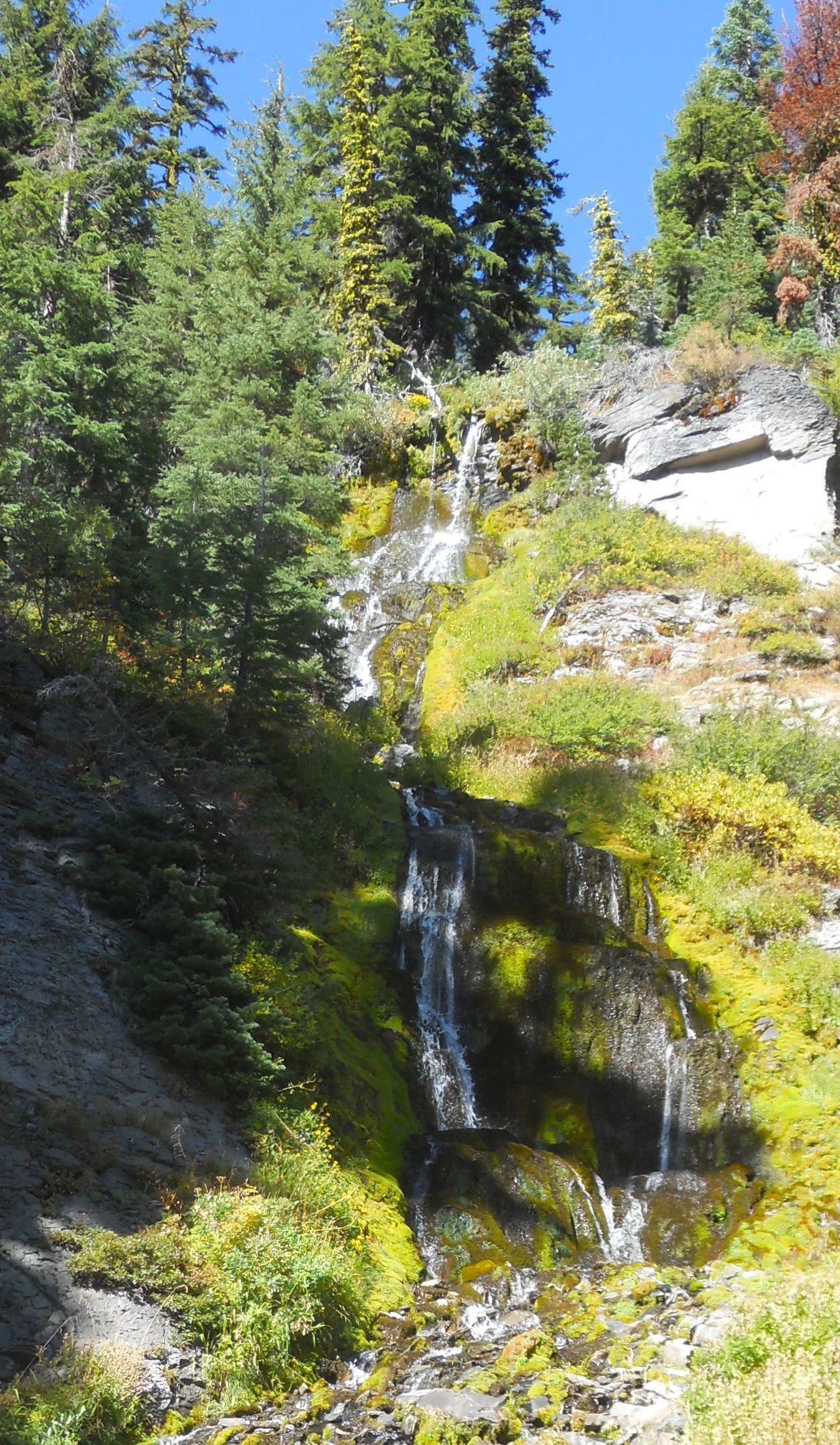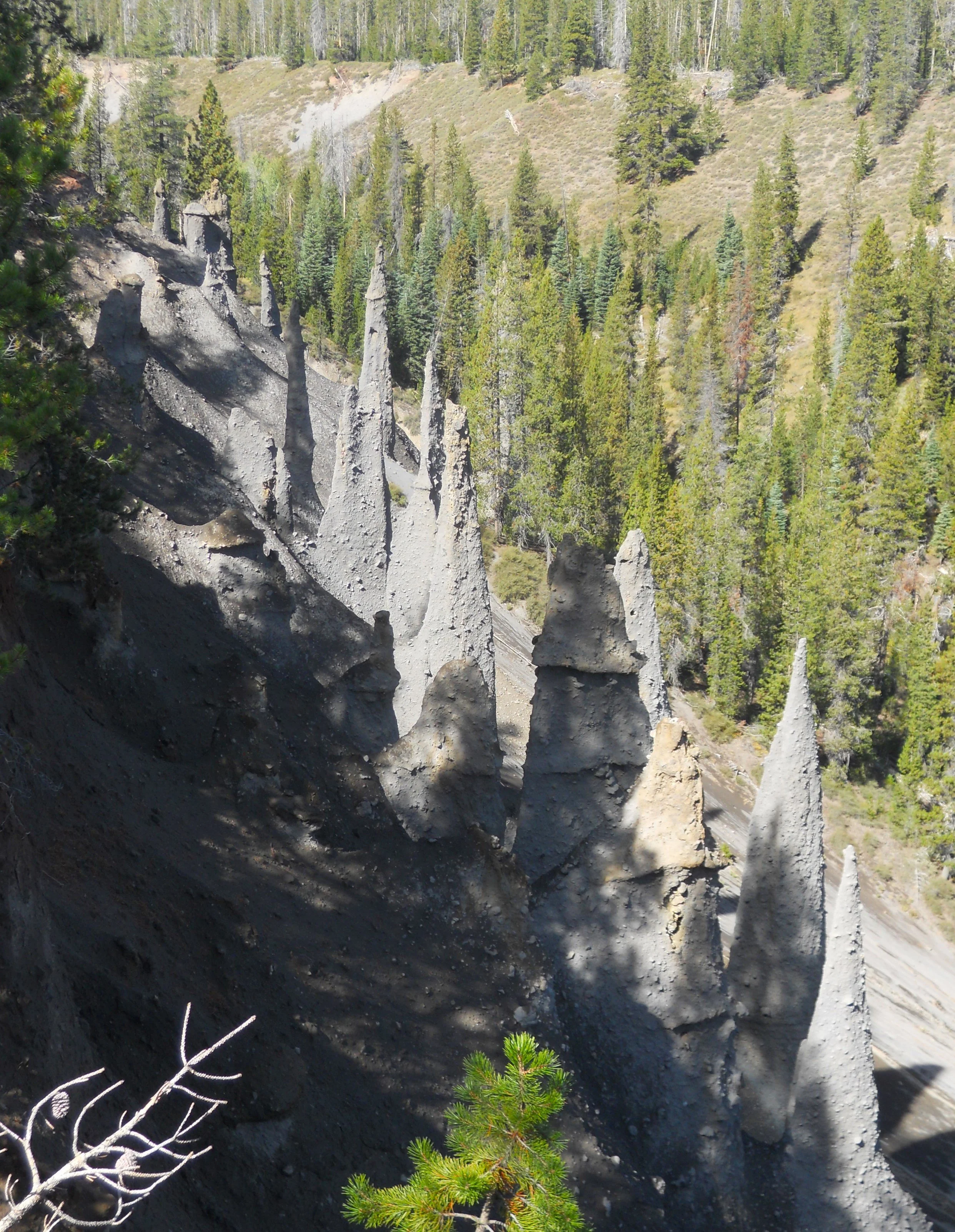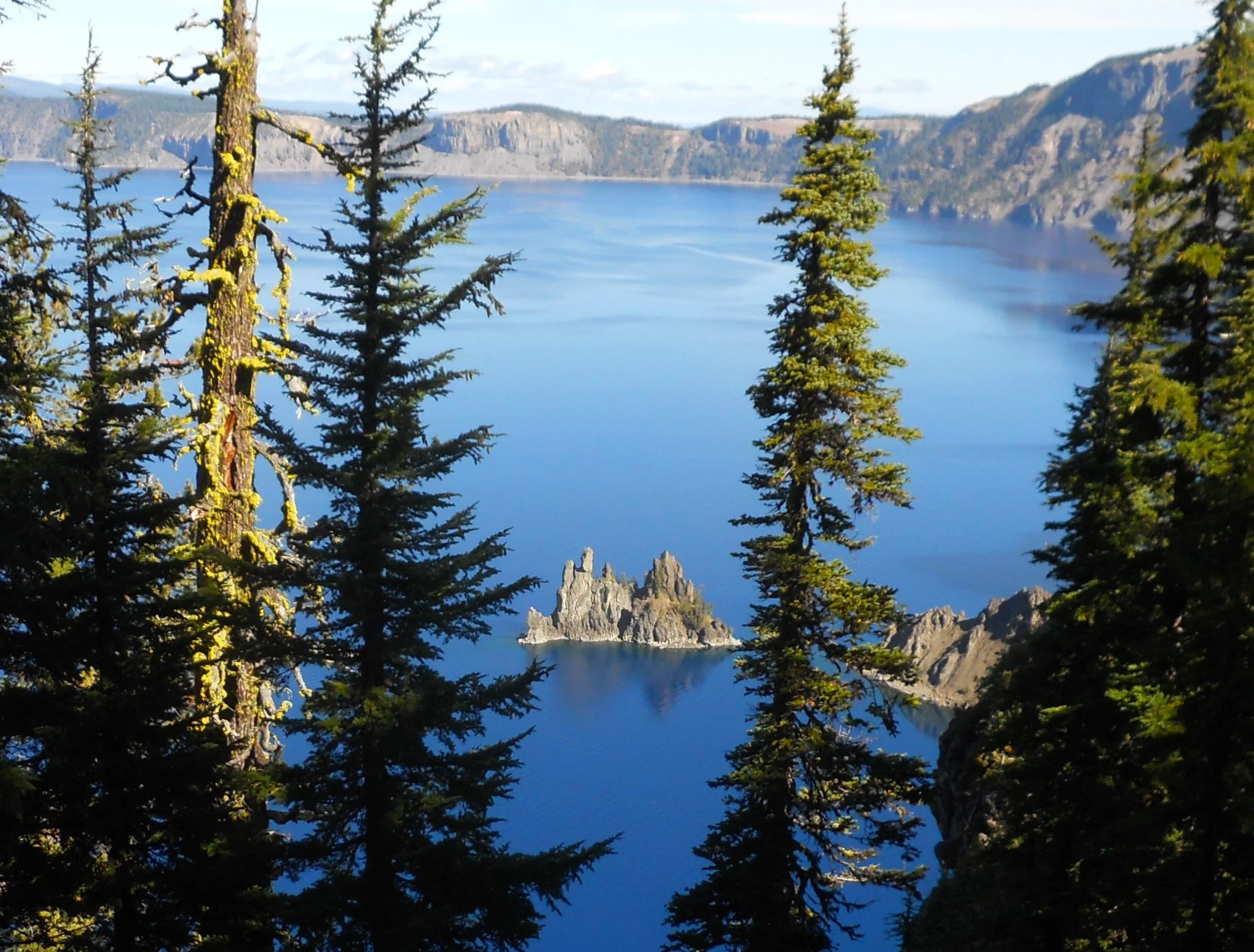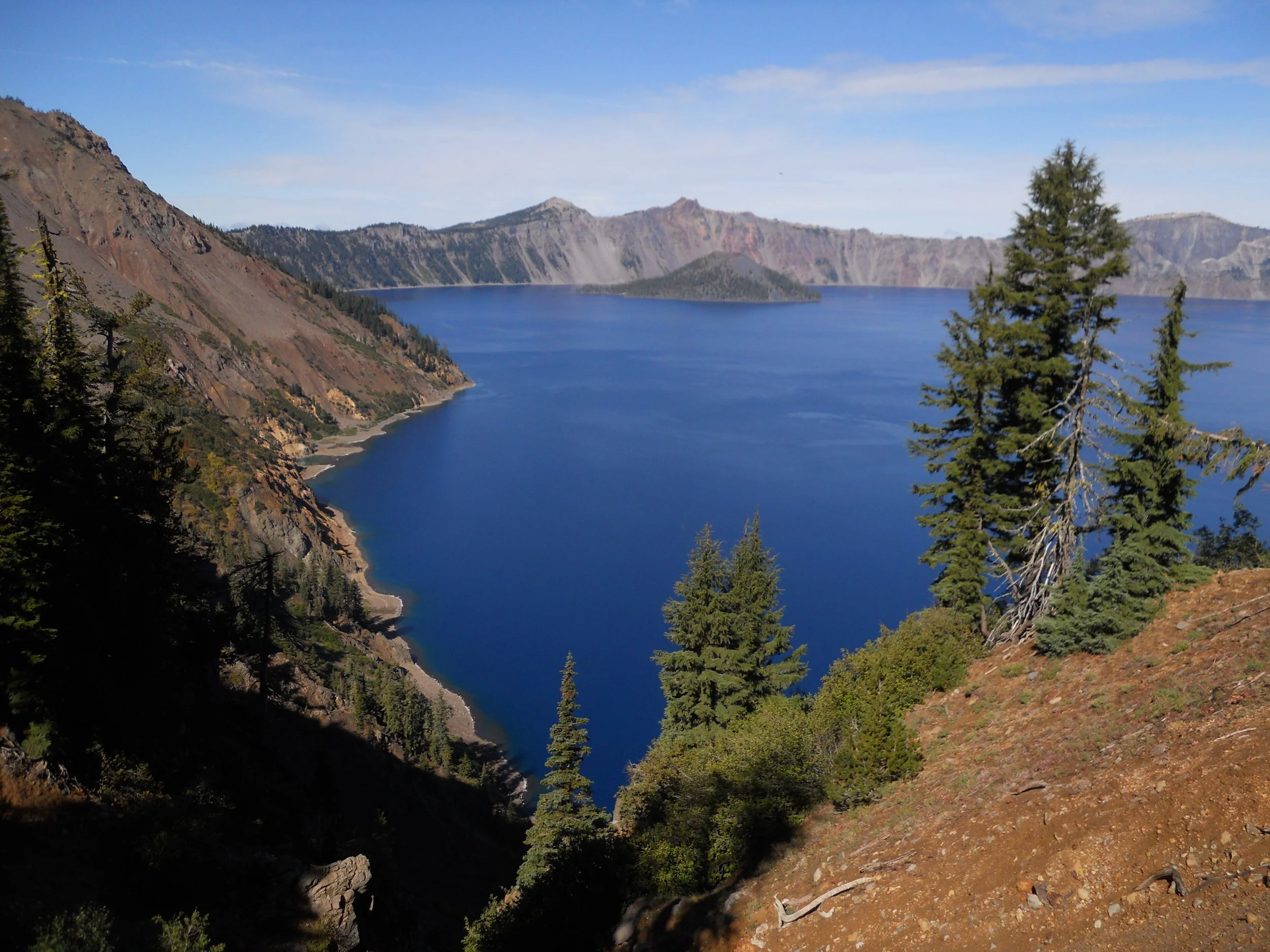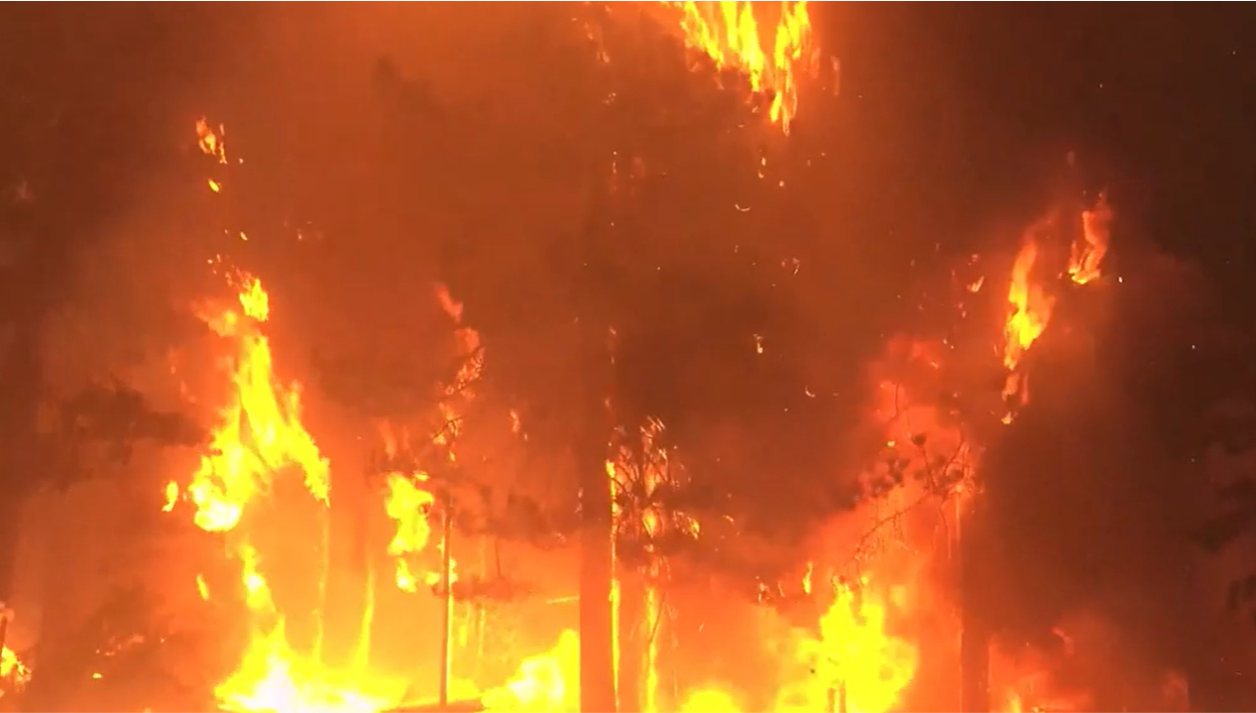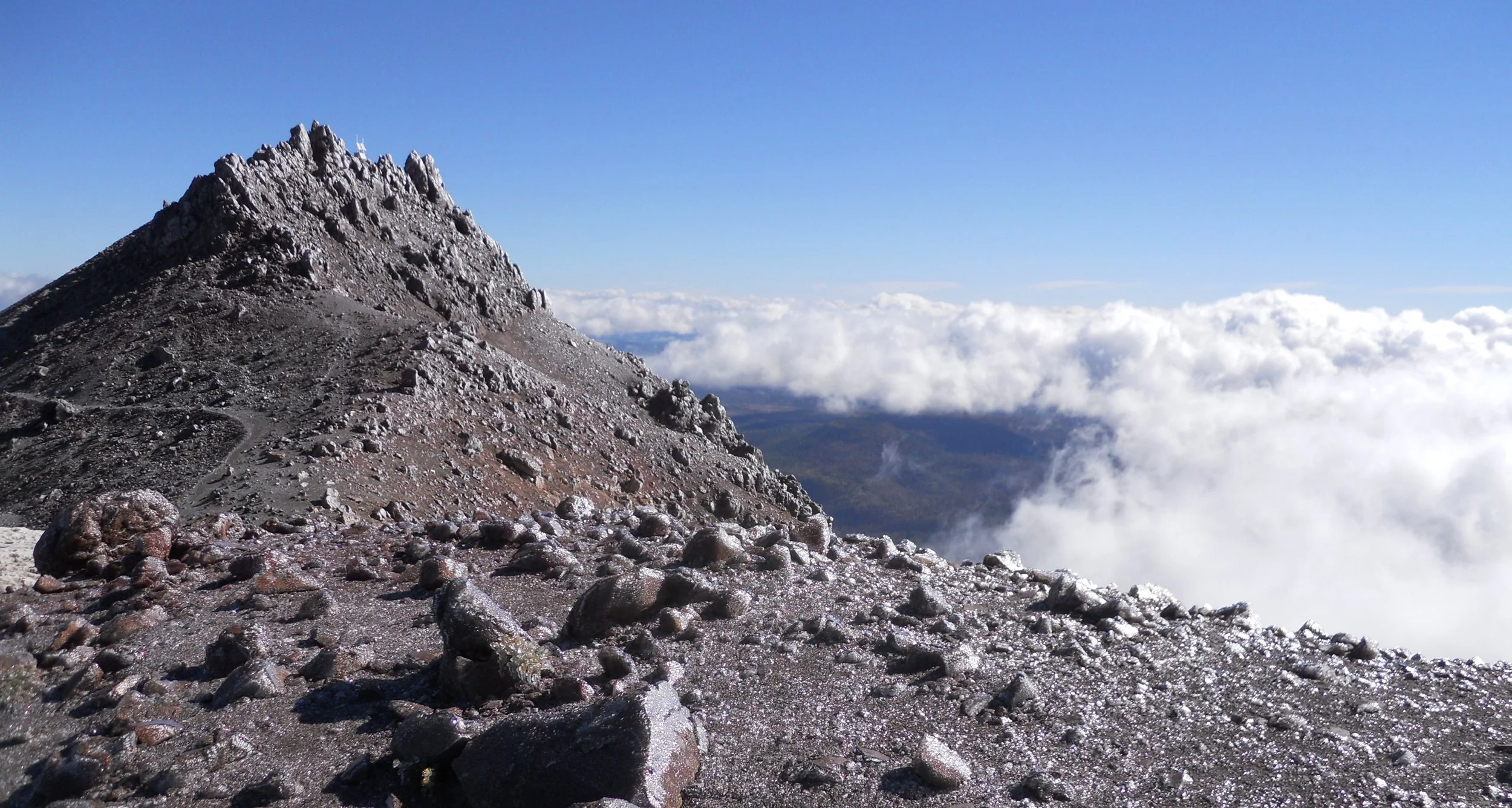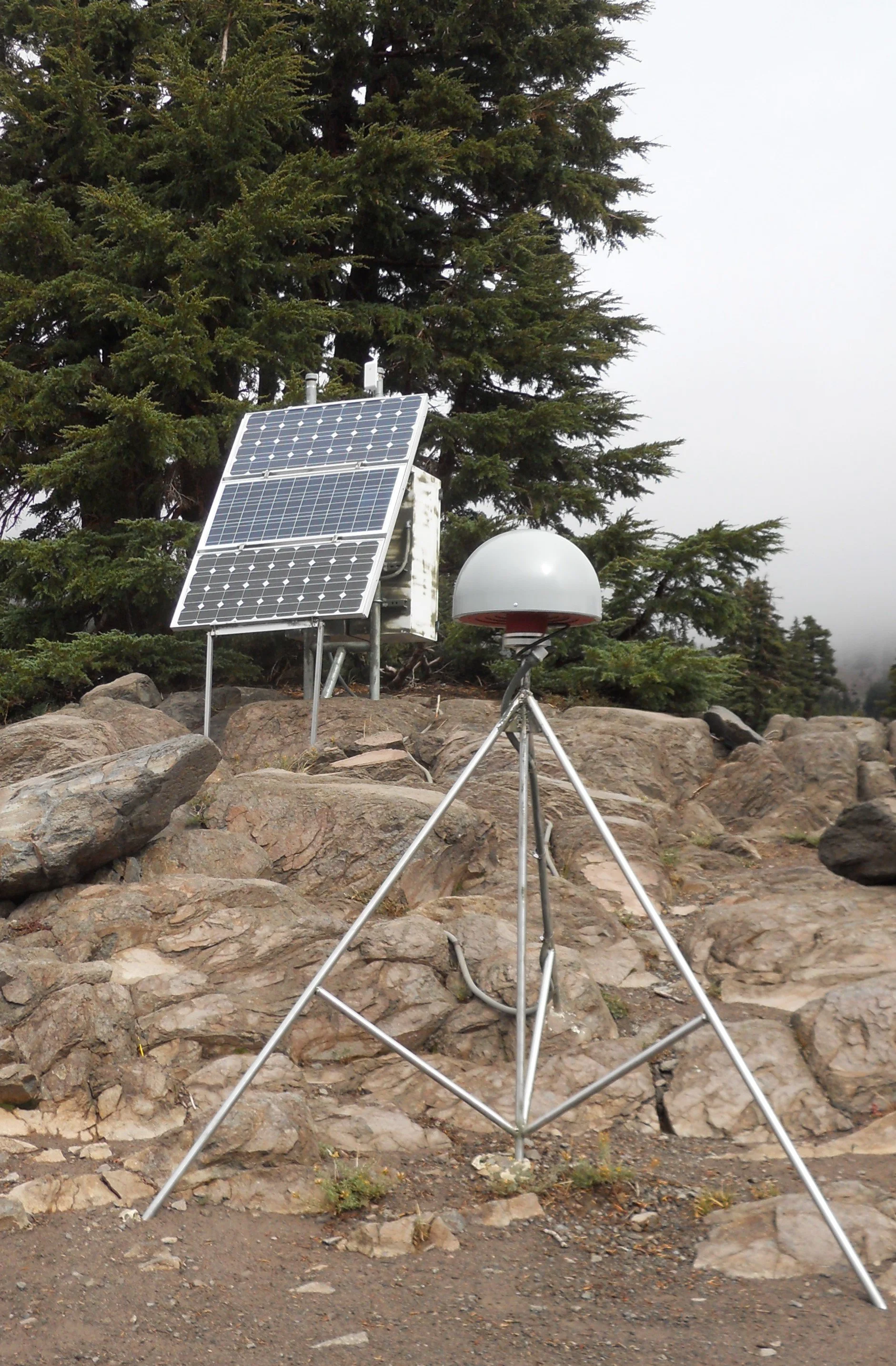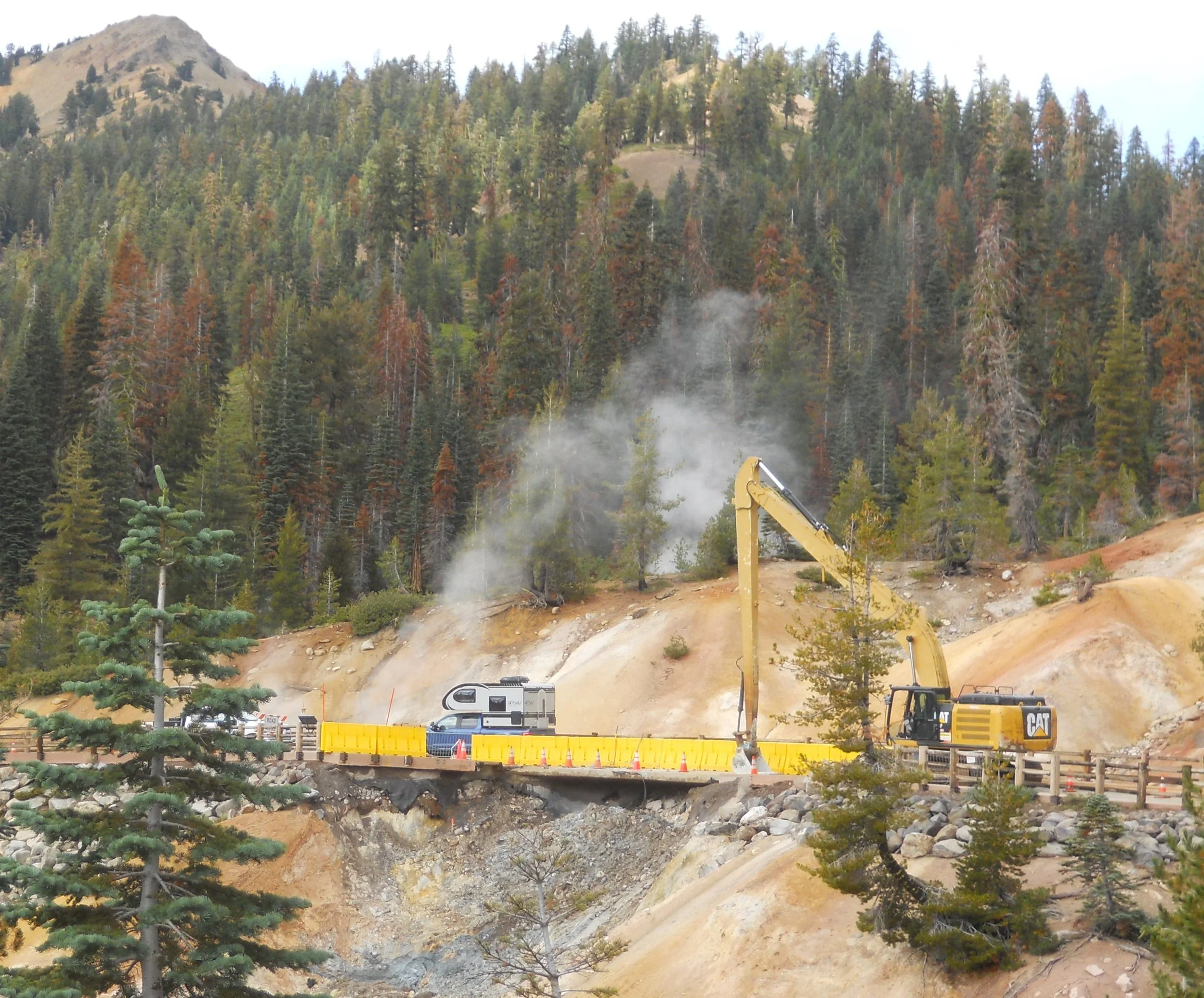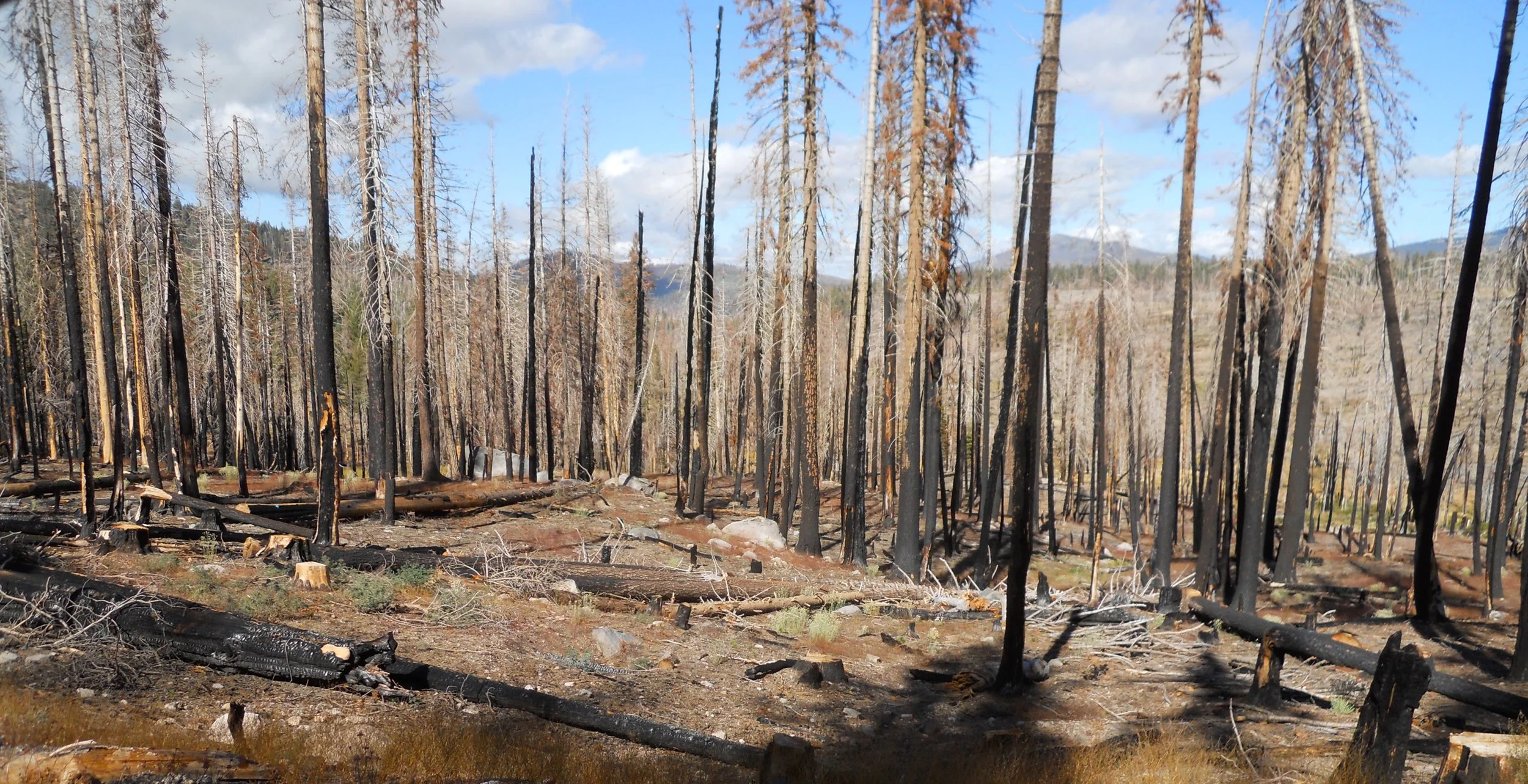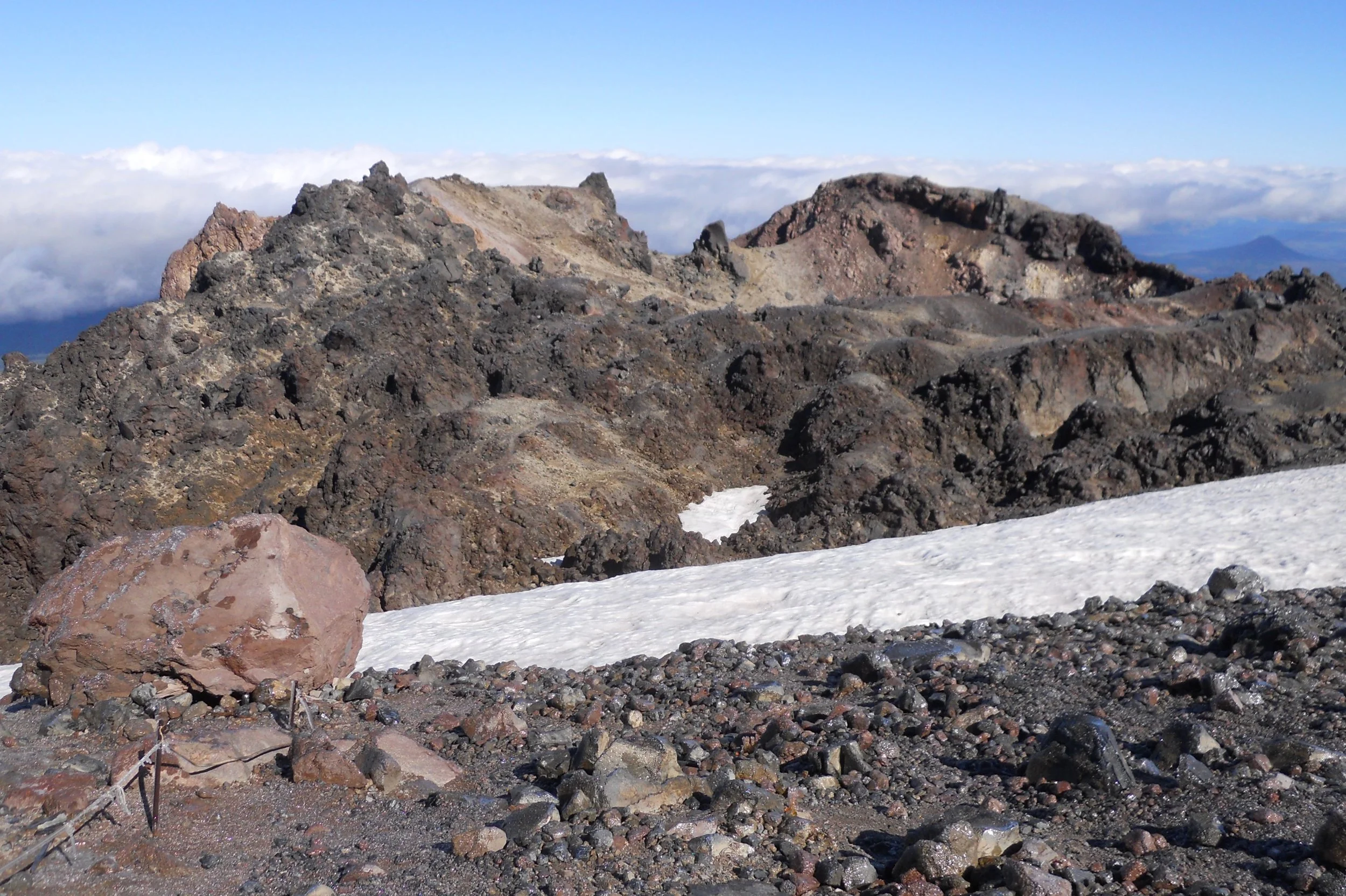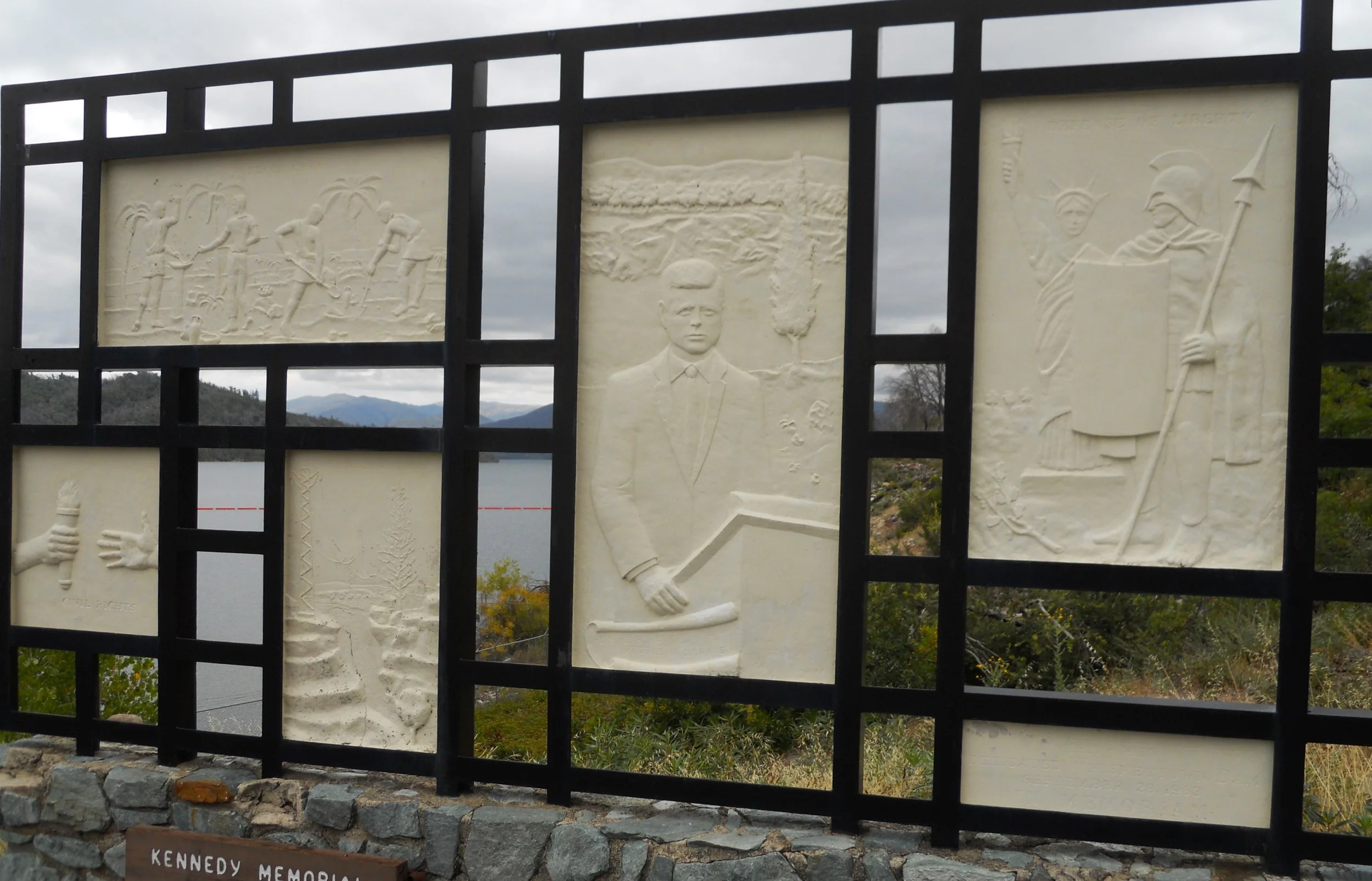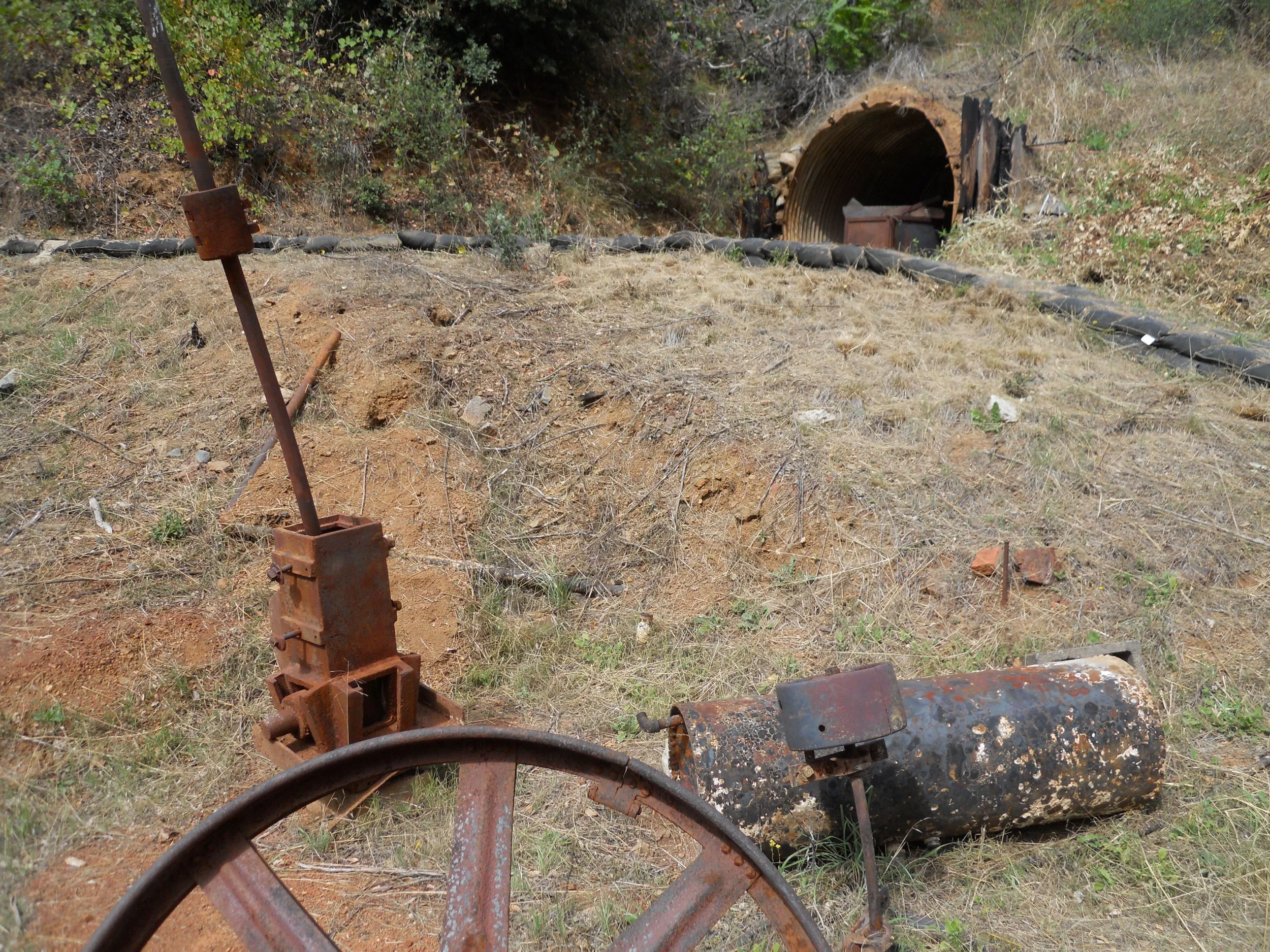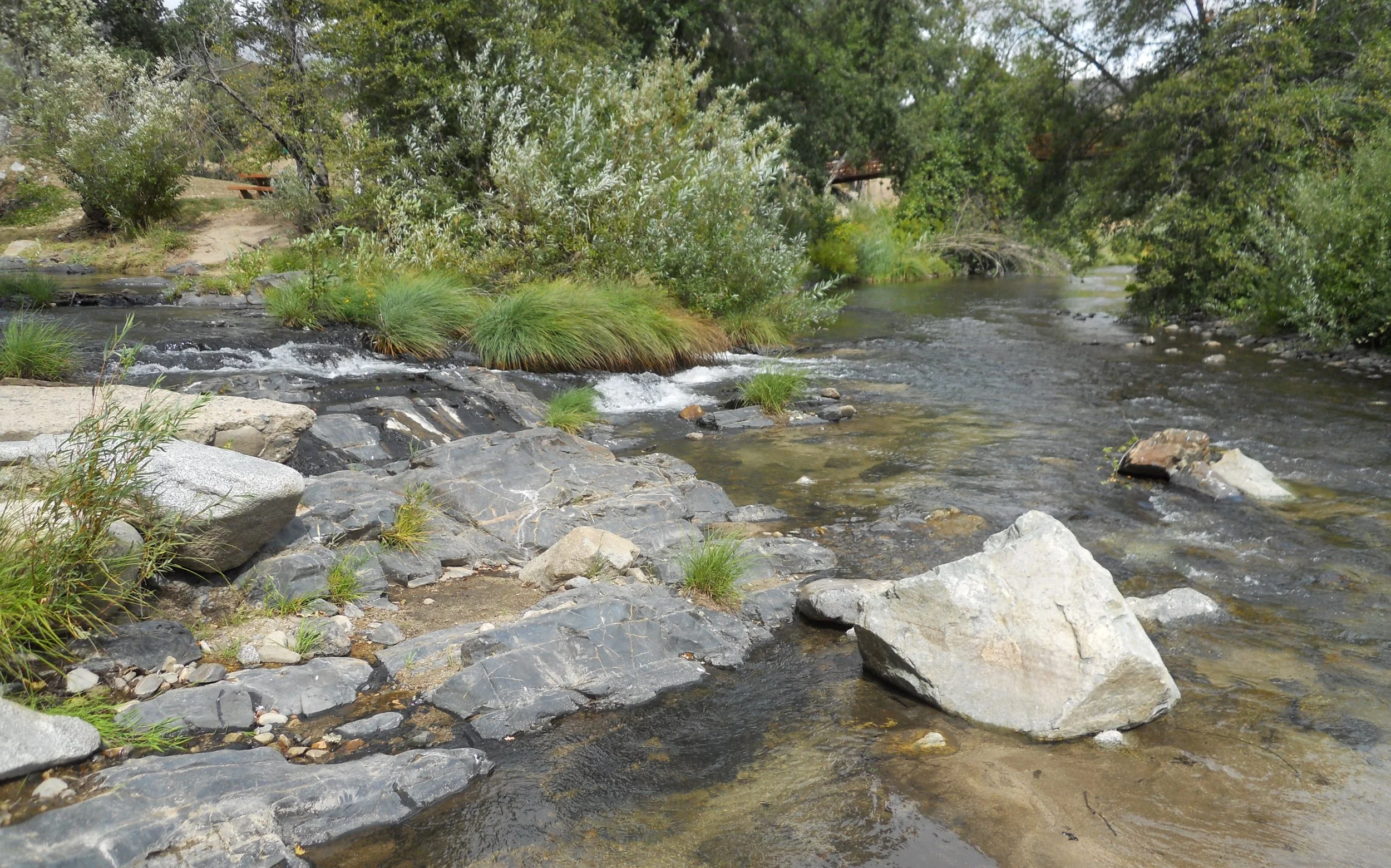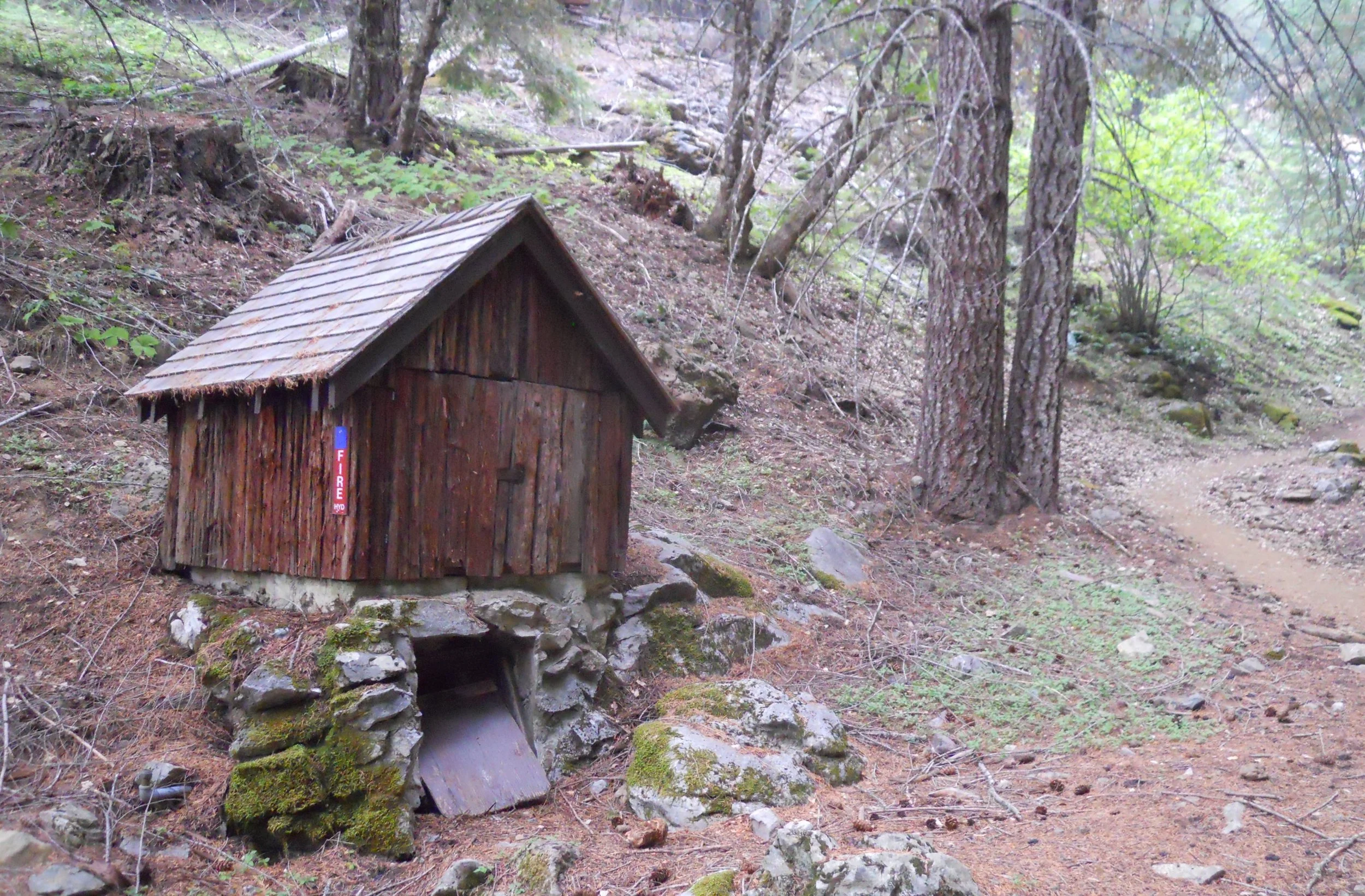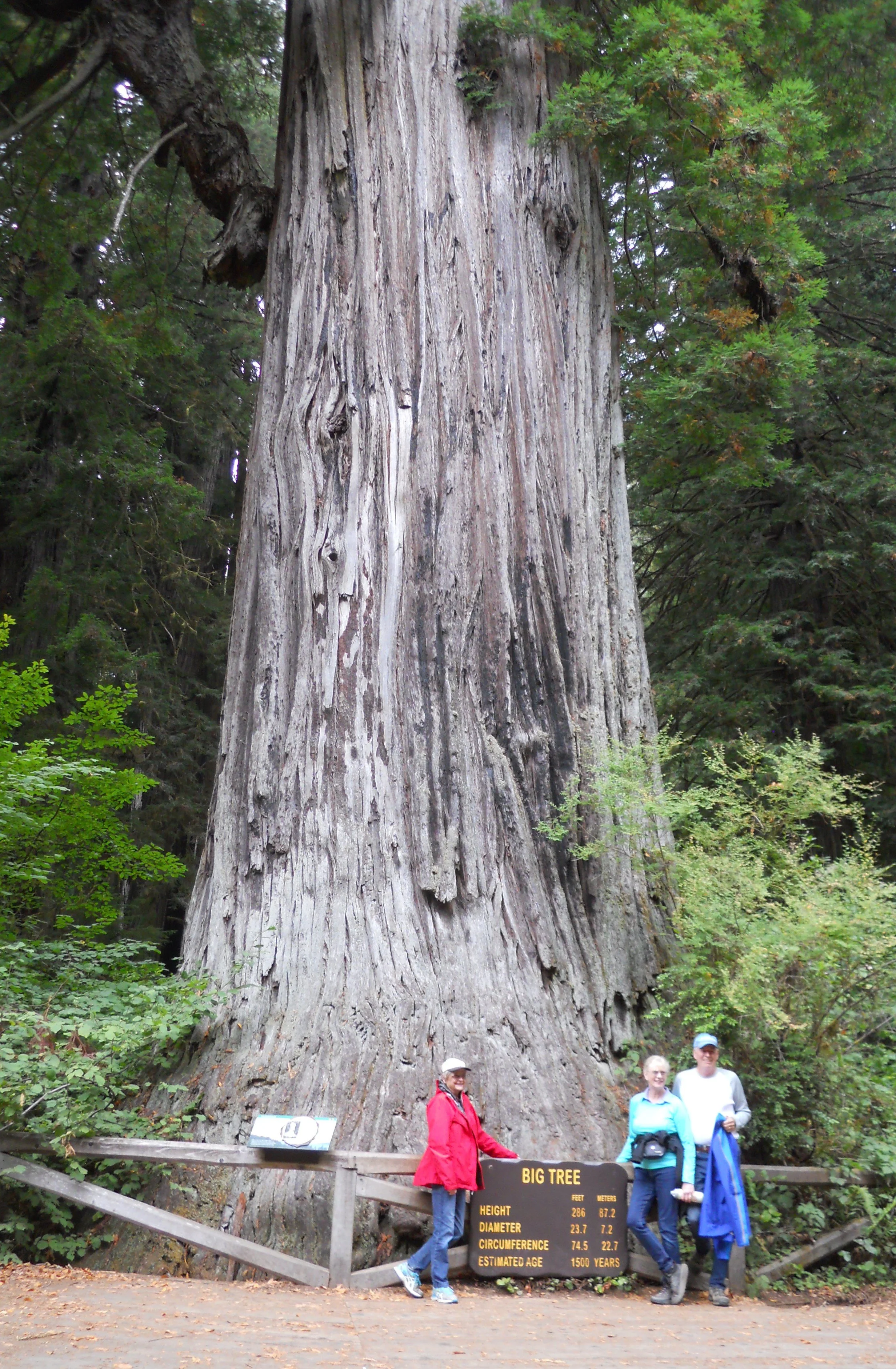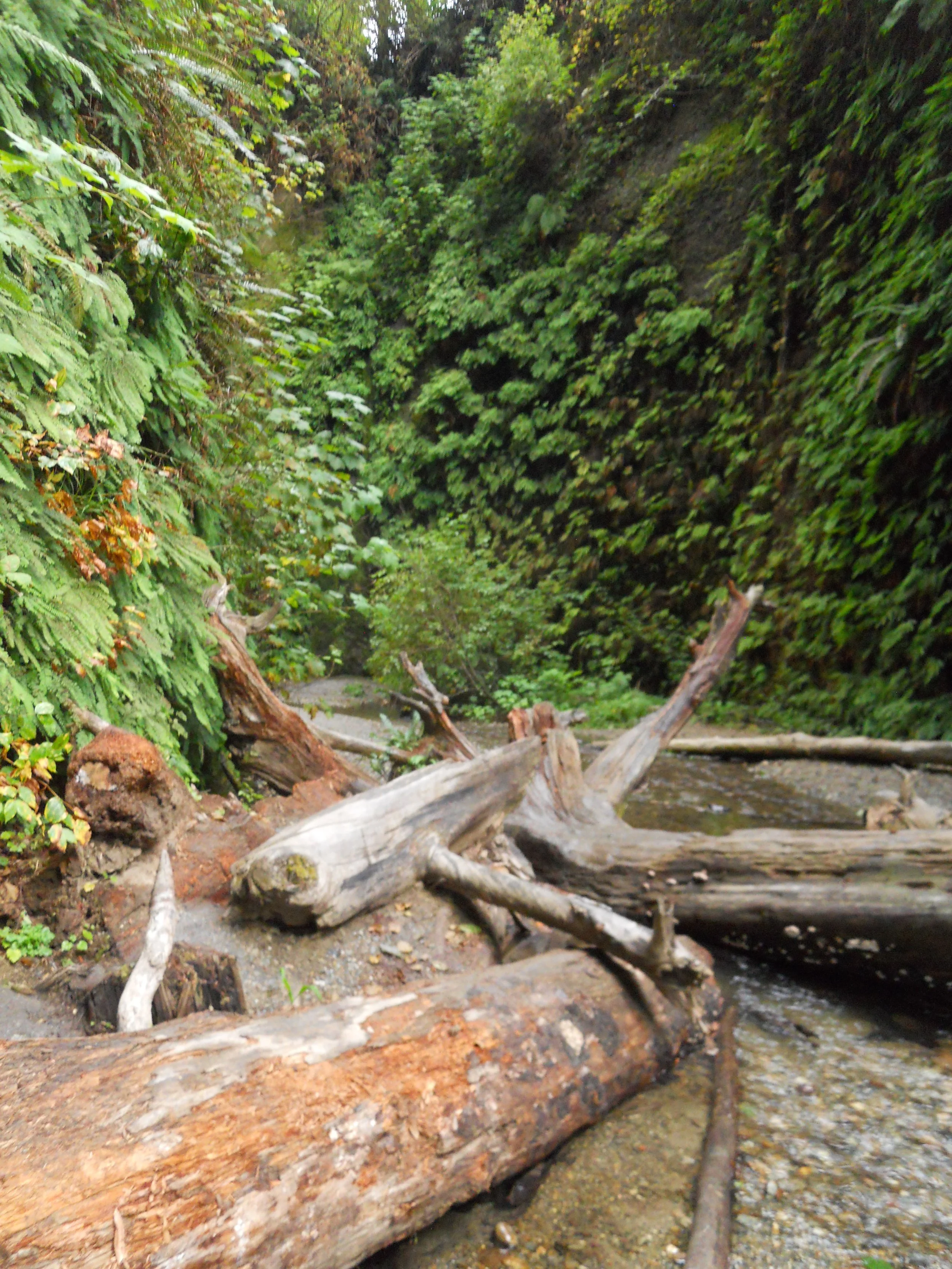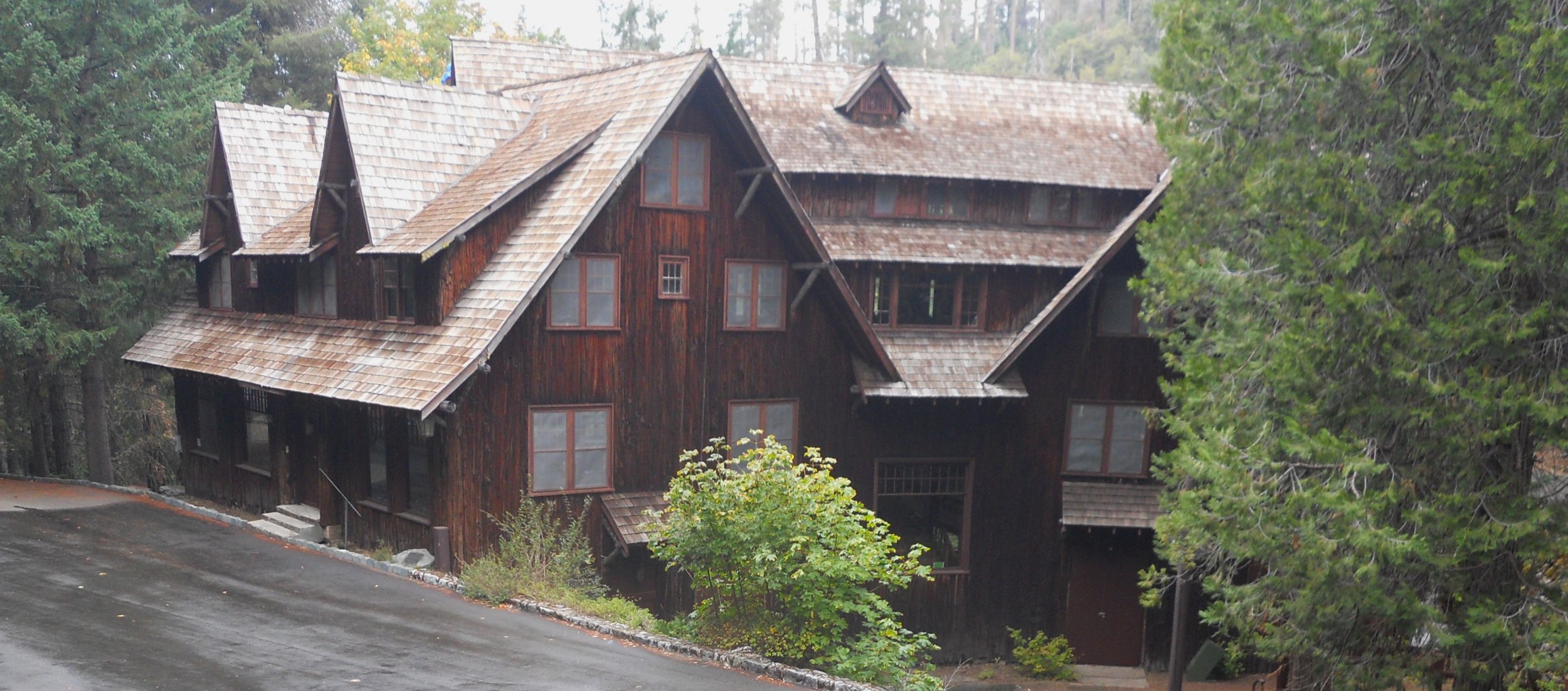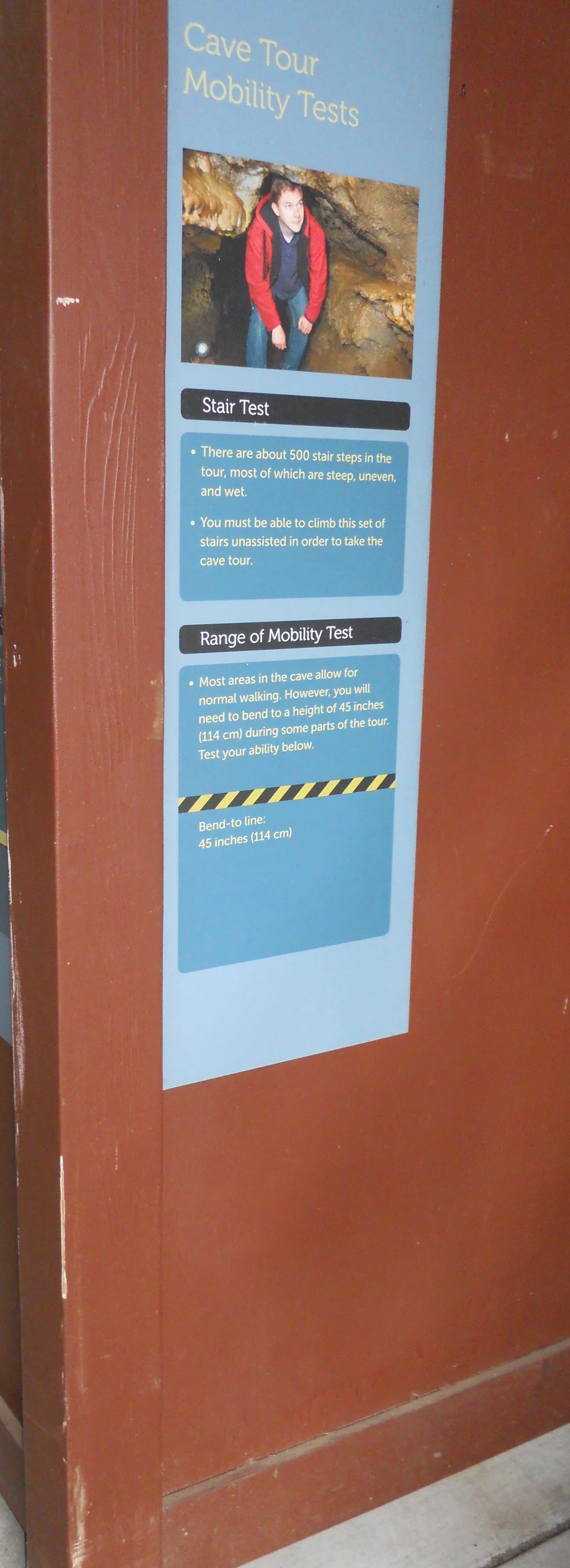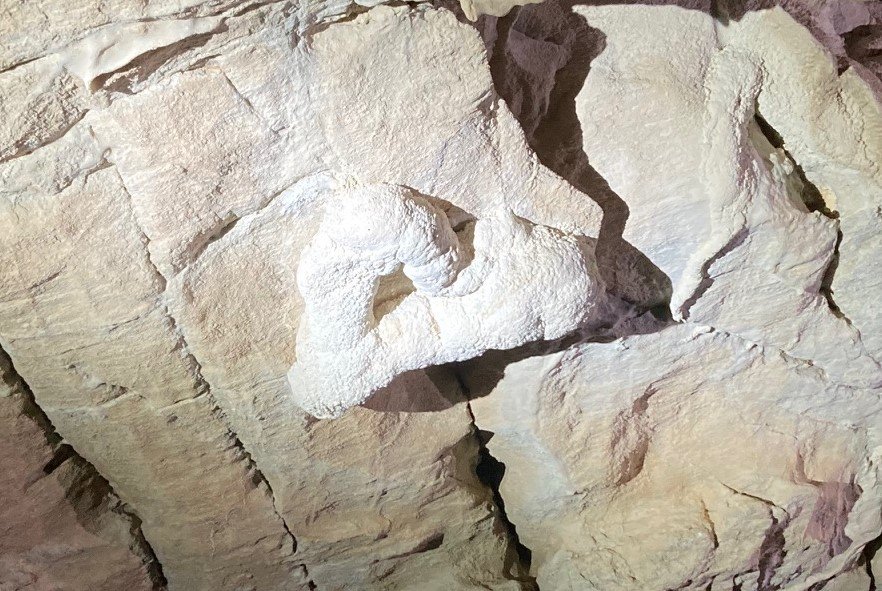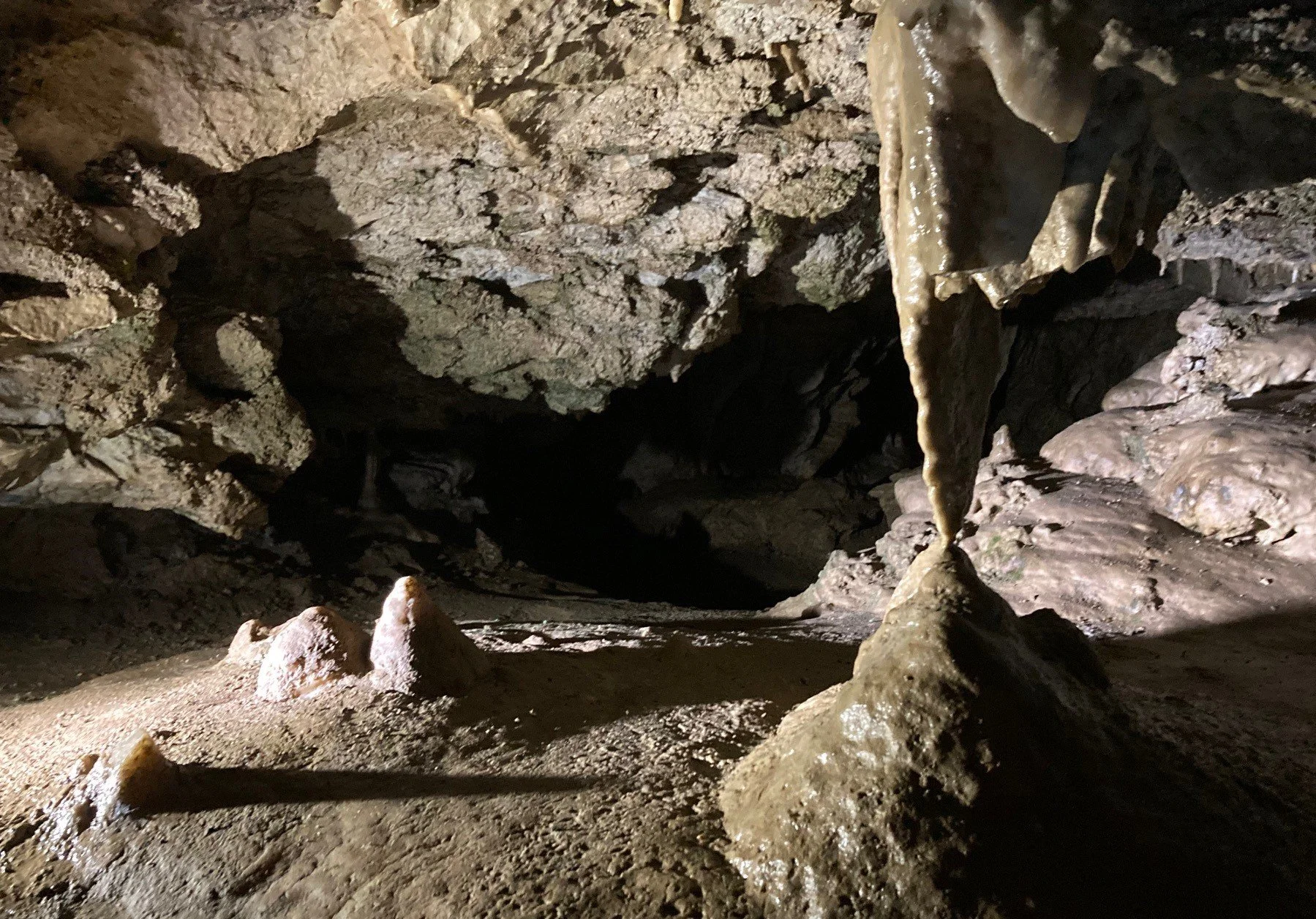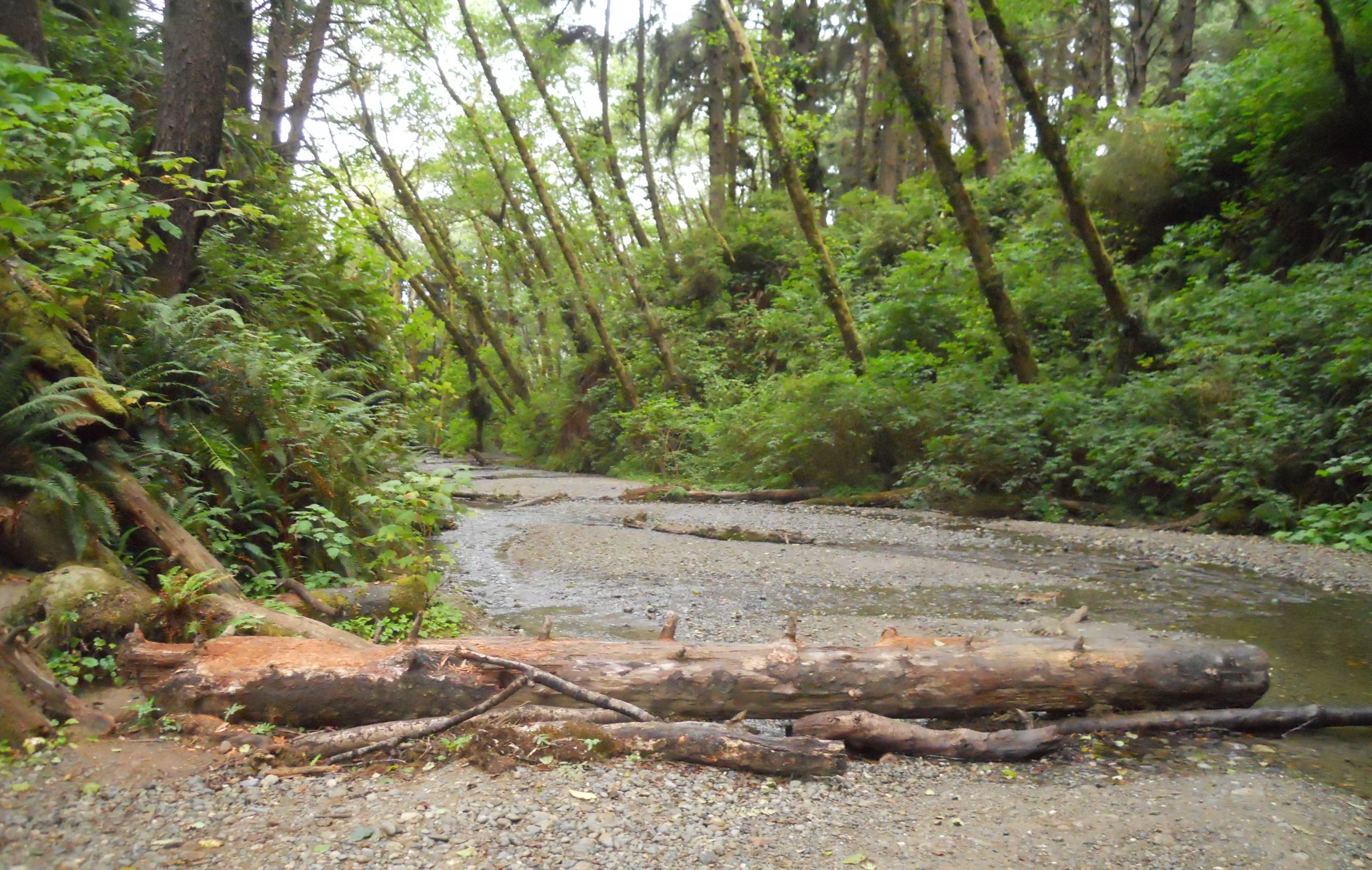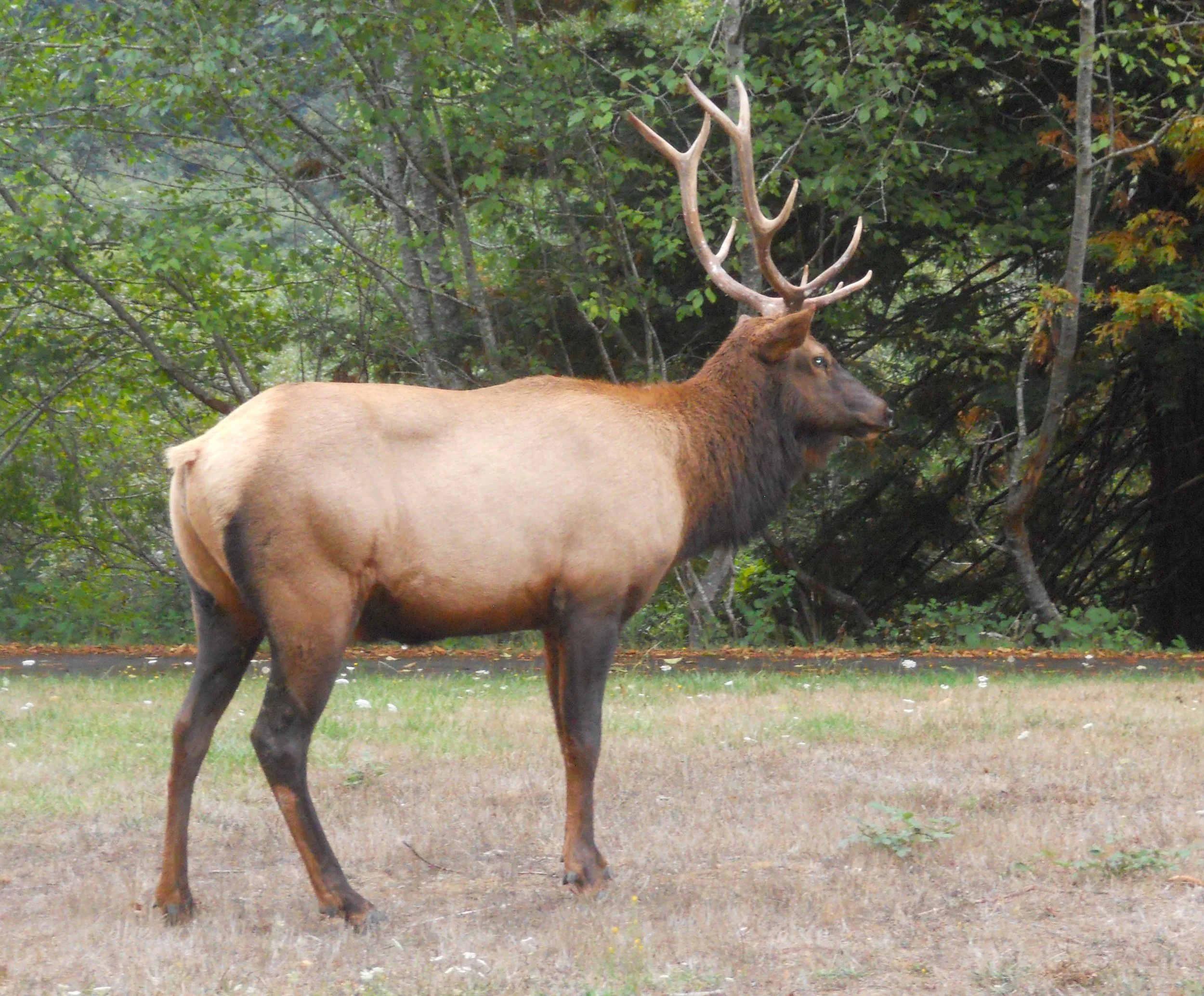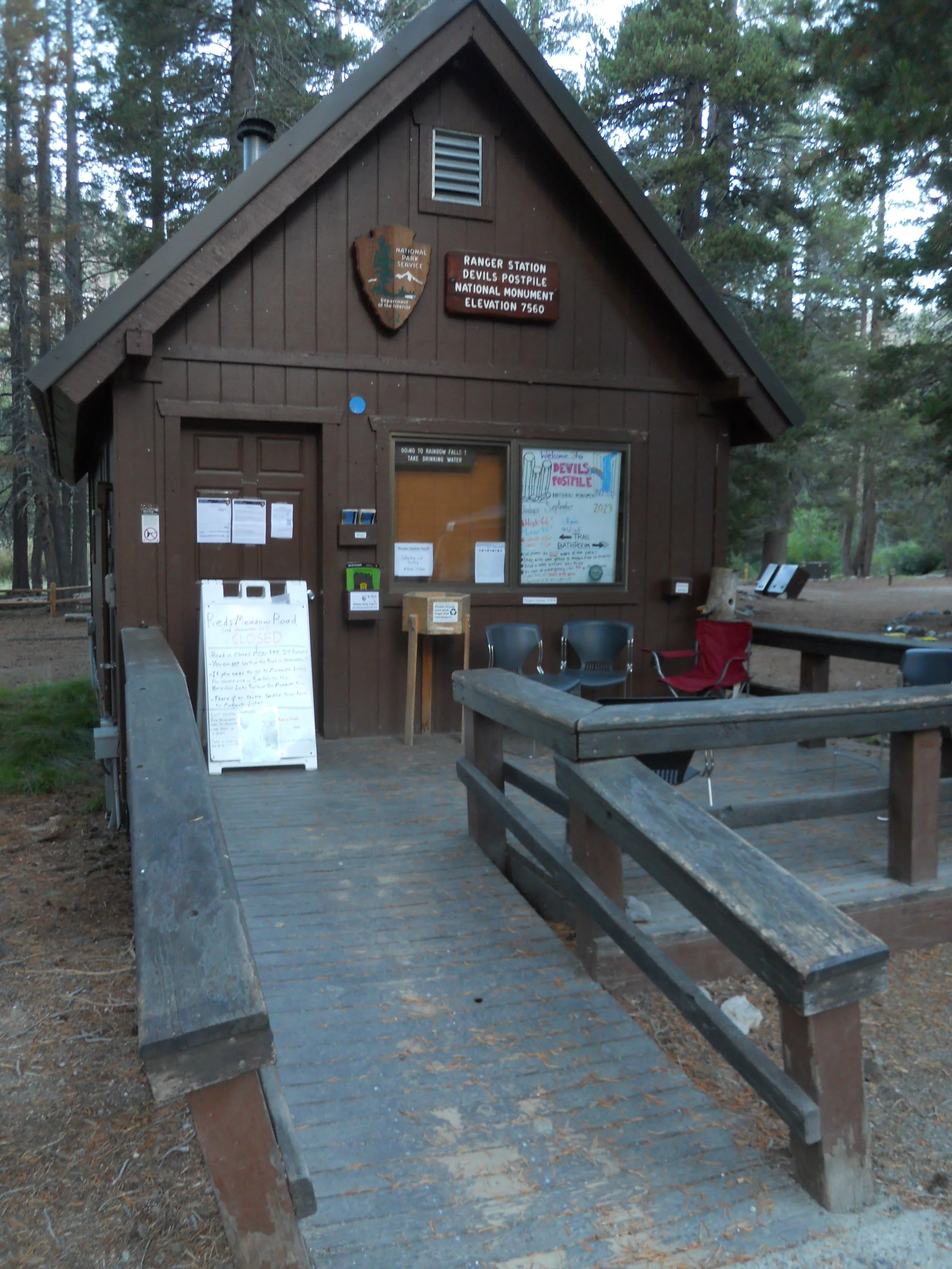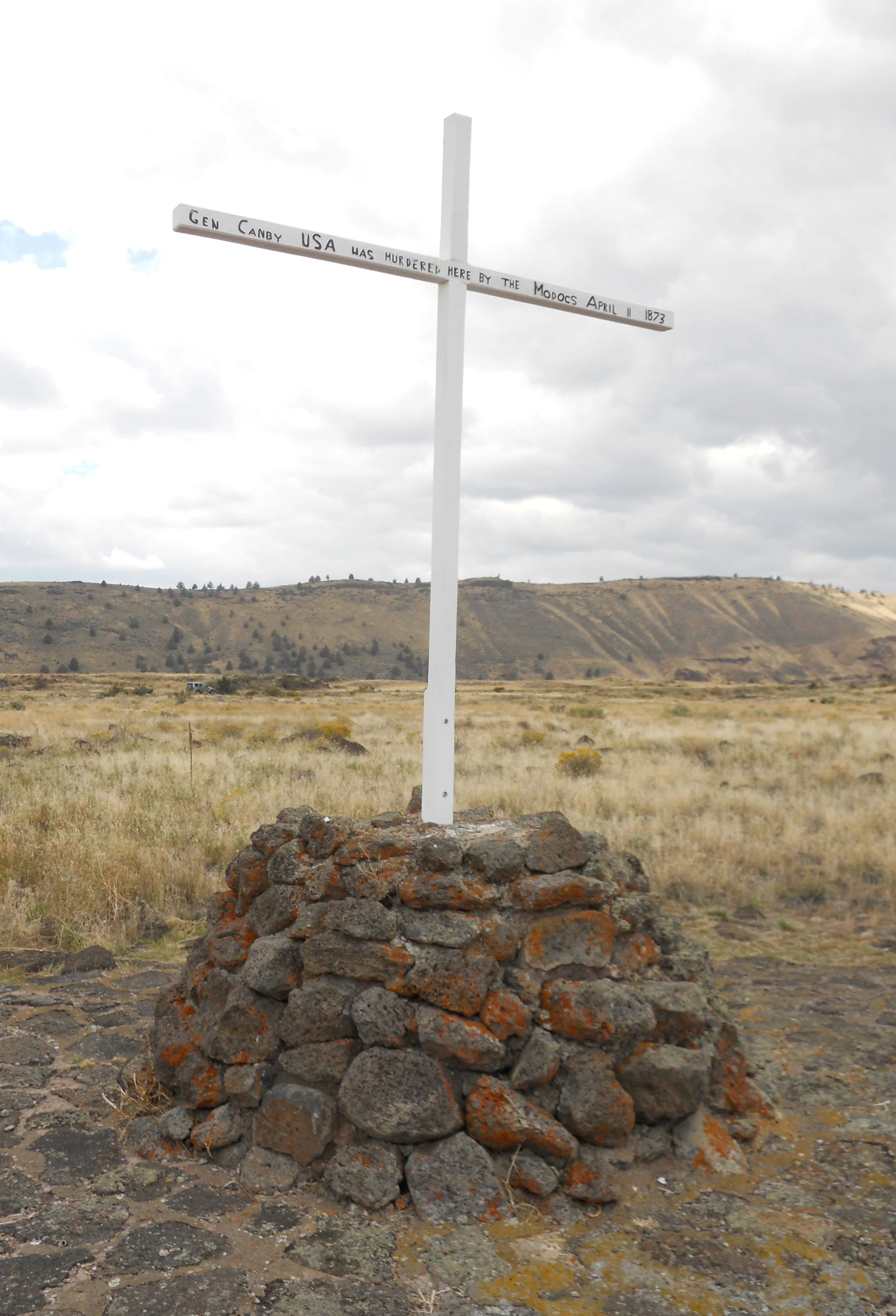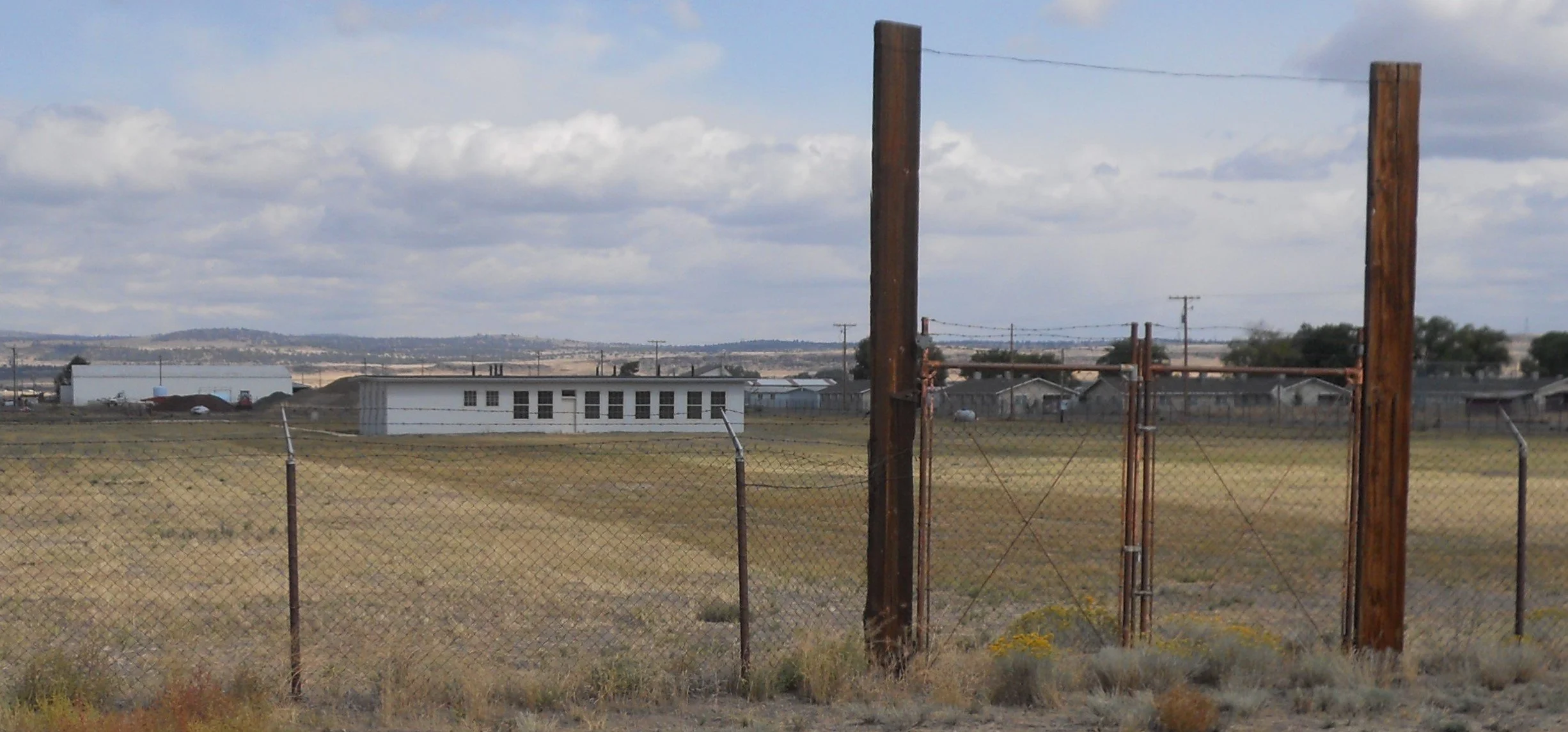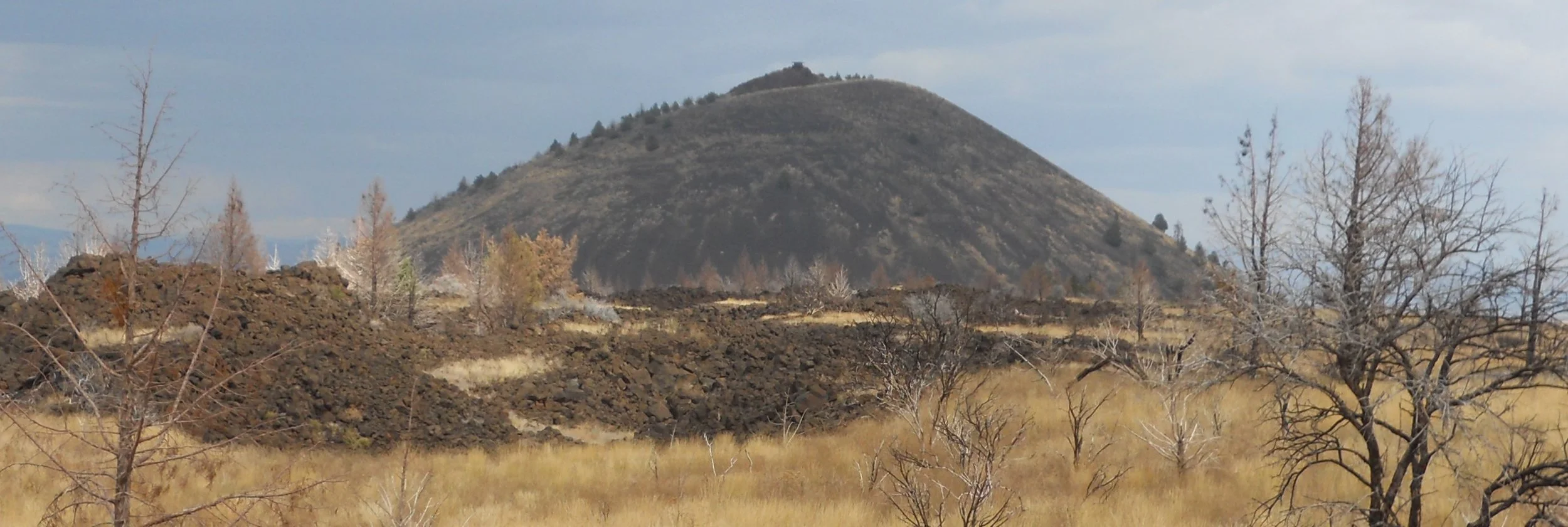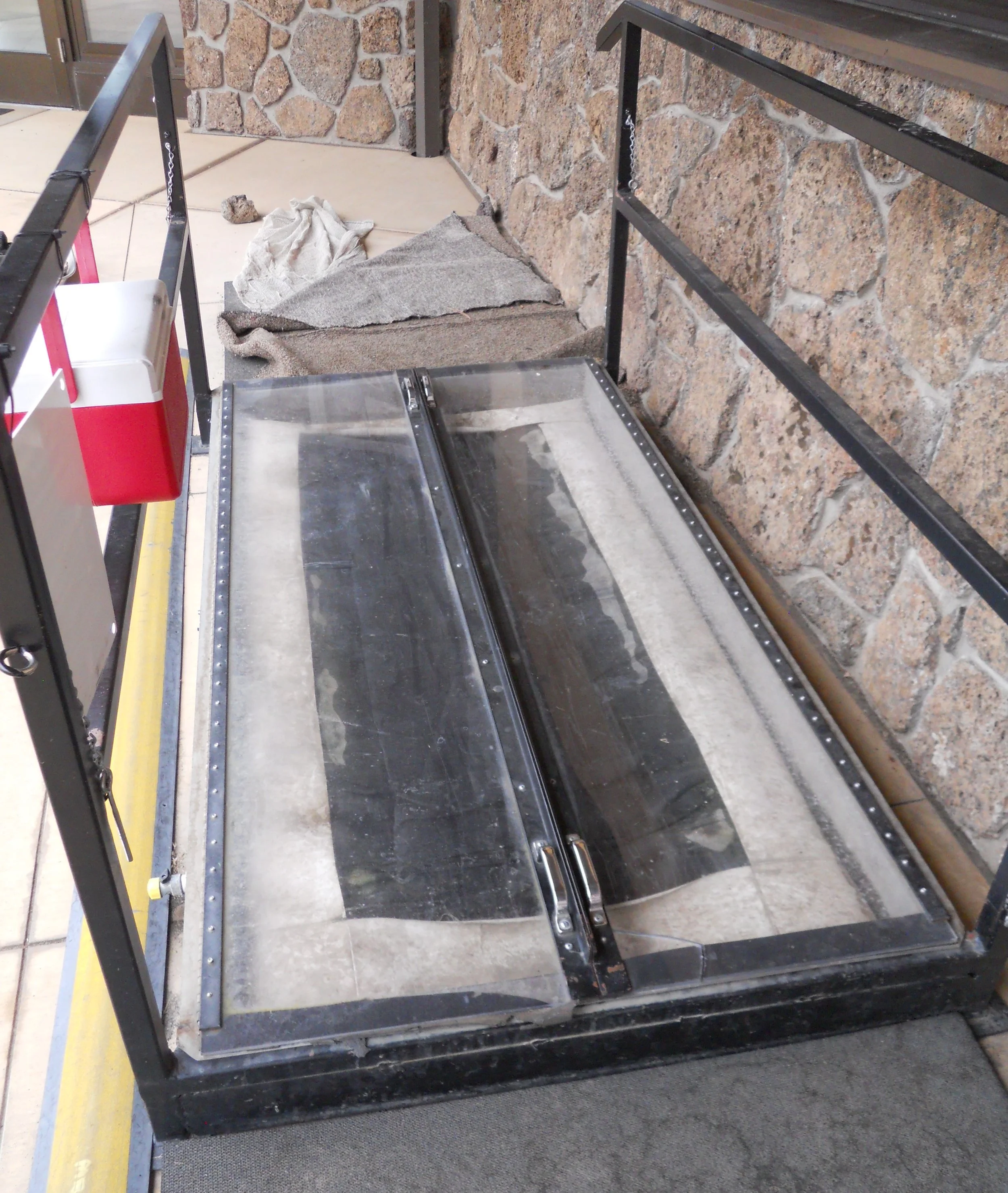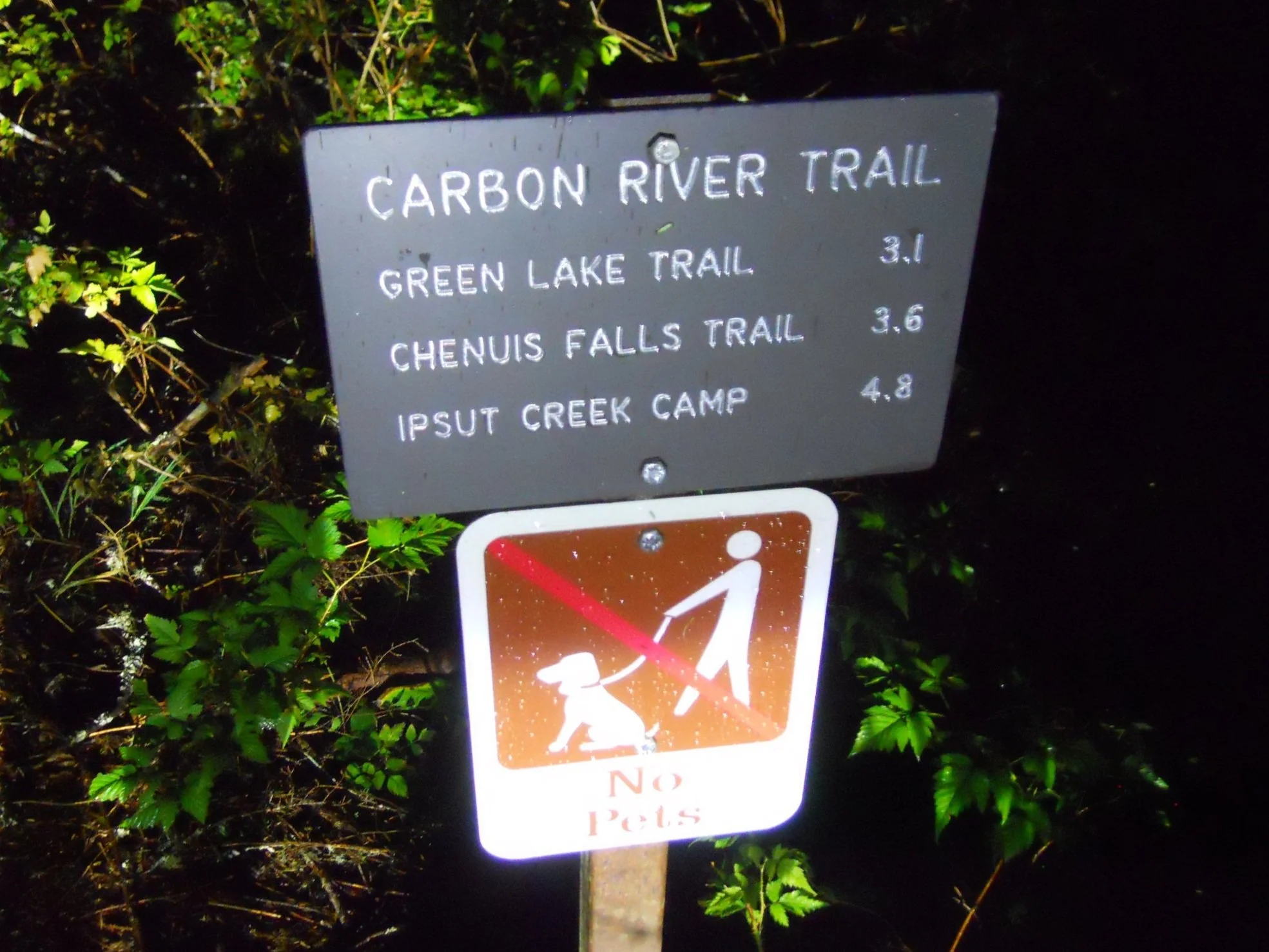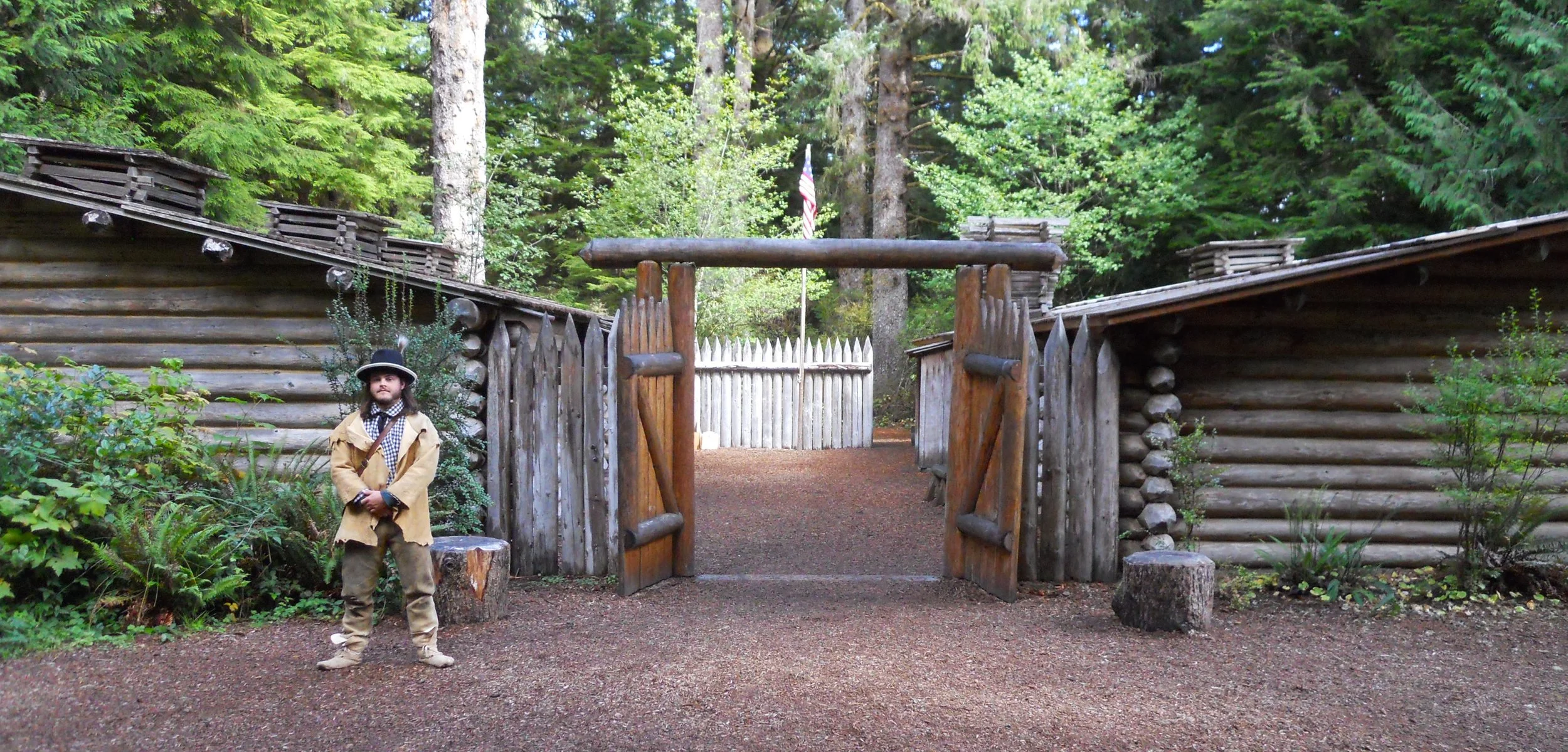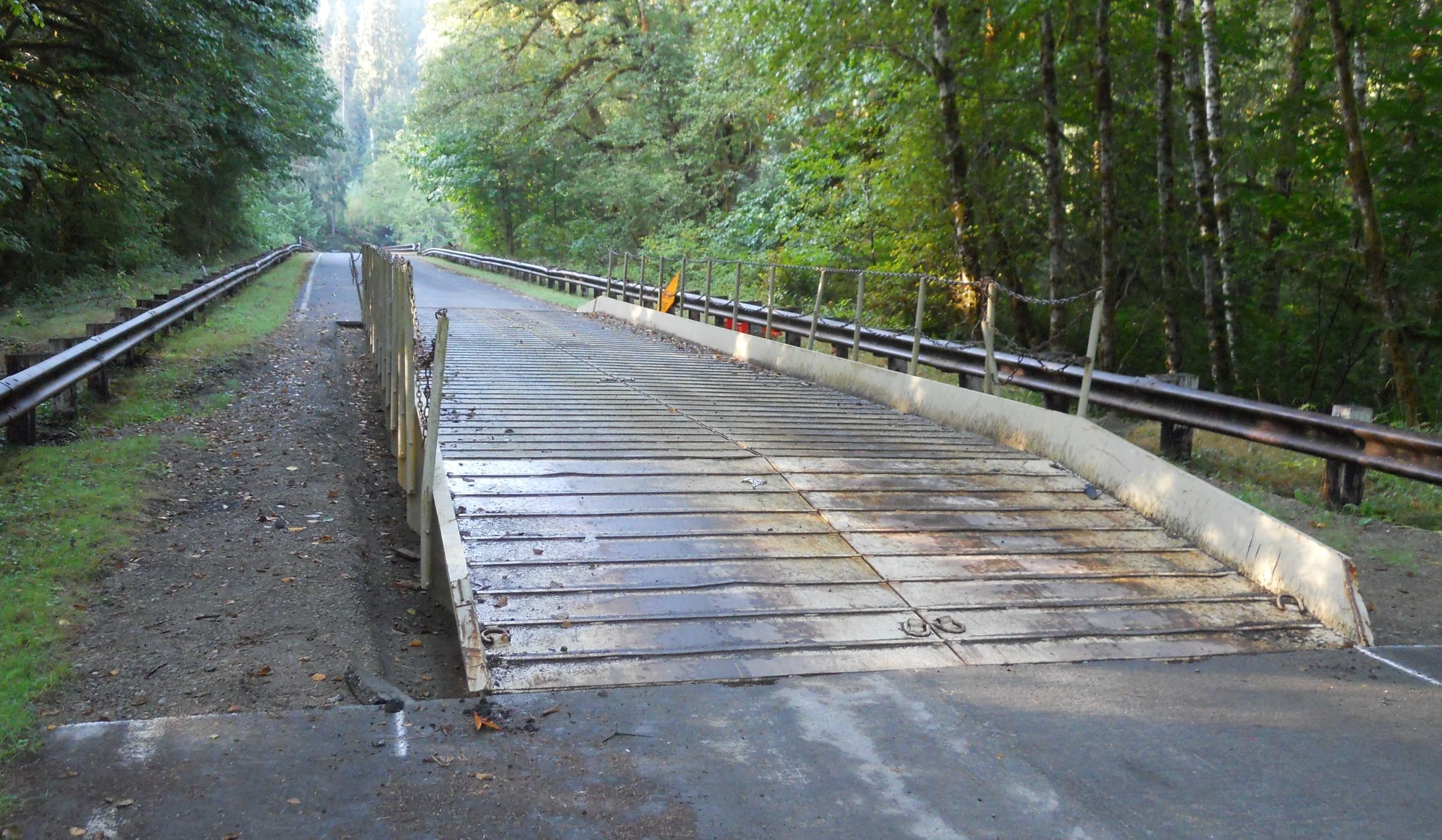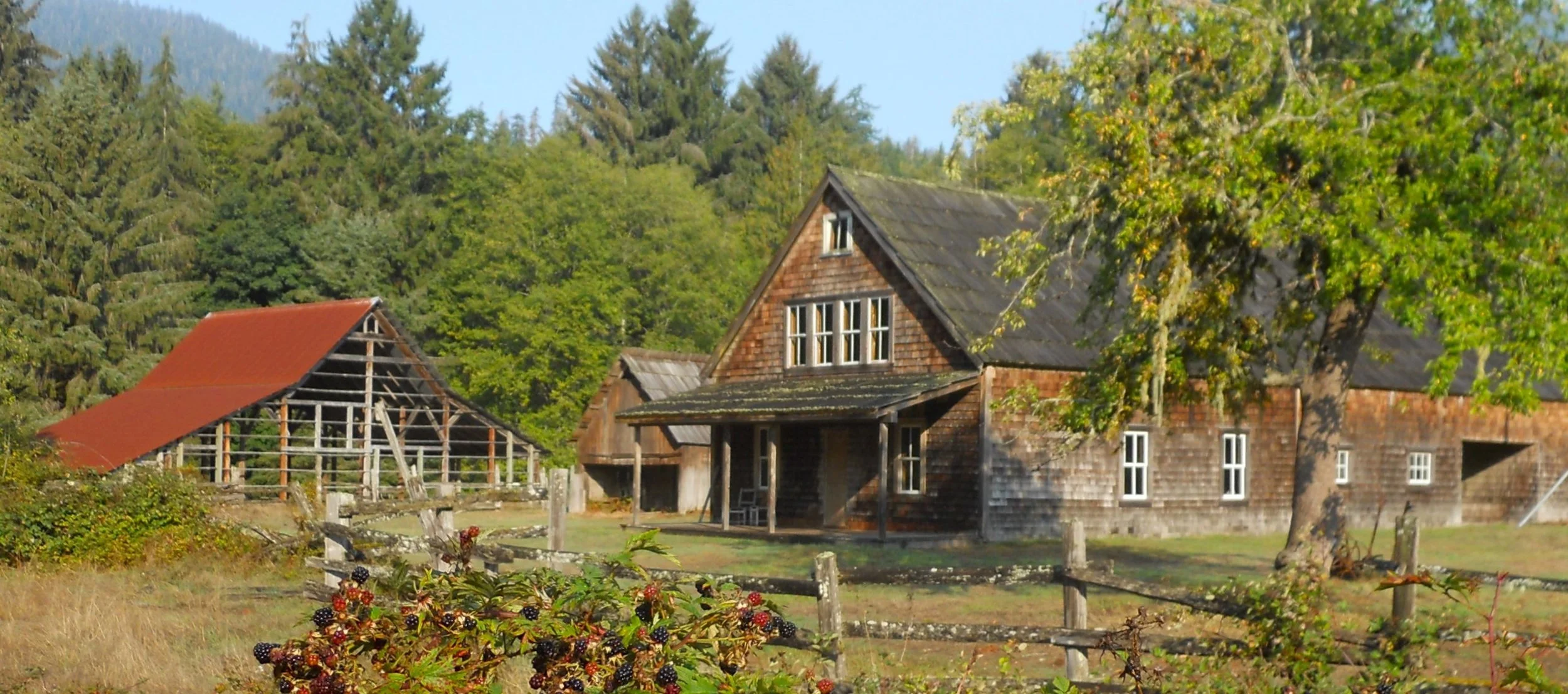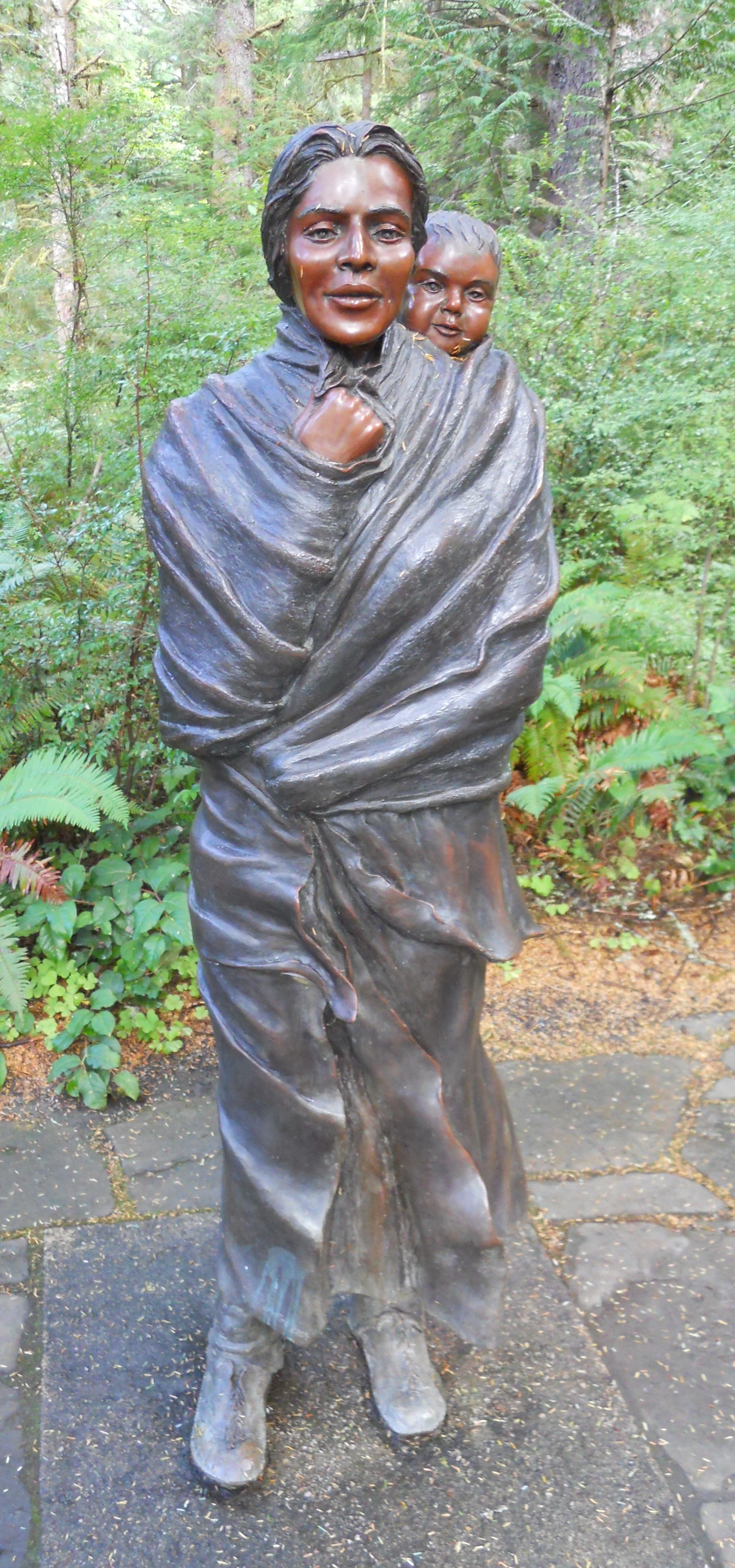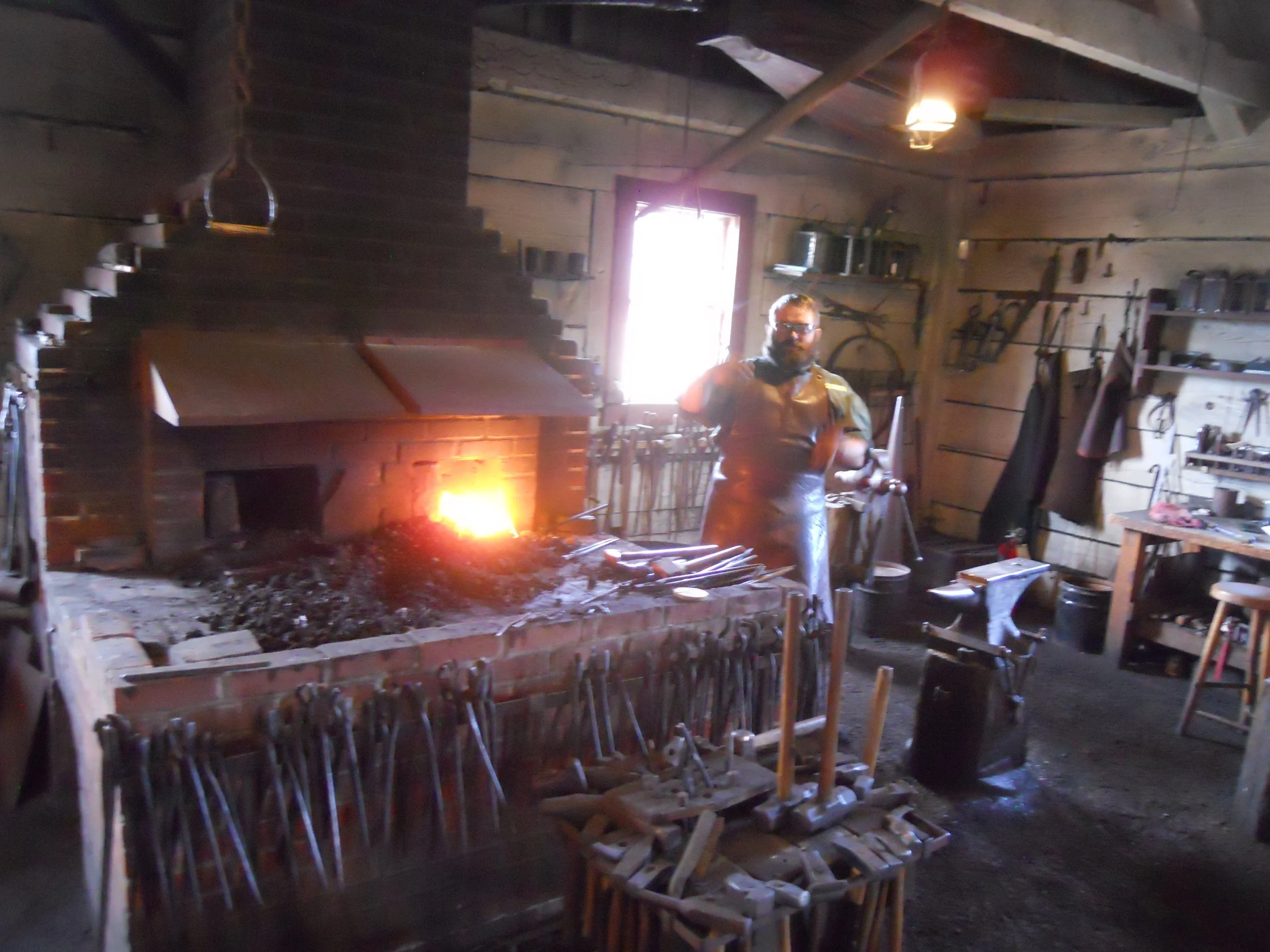DAY 11 (September 30) - Nez Perce NHP has a special place in my heart. My mother’s father, Harold Cunningham, was born in this area, just after the turn of the 20th century. But the Nez Perce Nation had been living here for hundreds of years. Protestant and Roman Catholic missionaries began to arrive here in the 1830s. A large stone in the park area behind the VC states this was the location of the Lapwai Mission, the first home, the first school, and the first church in Idaho, in 1836, established by Rev. Henry Spalding. The original fireplaces of the home remain. The Indian Agency cabin from 1862 still stands. The government Indian Agency was charged with keeping miners and farmers off the Nez Perce lands. The mission’s cemetery is active to this day. Many Nez Perce are buried here, as are Rev. Spalding and his wife Eliza.
Fort Lapwai was created in 1862, a couple miles from the mission, to help the Indian Agency. An Officer’s Quarters duplex, built in 1883, is one of the few buildings which remain.
The VC has a number of wonderful Nez Perce artifacts on display. A ranger said women’s clothing had horizontal designs while men had vertical designs. An original Penawawa Canoe (named for where it was discovered) sits in front of a large river-scene mural.
A natural feature along the Clearwater River, a basalt arch, which the Nez Perce revere, is the Ant-Yellowjacket. The two insects are fighting over a fishing site. They were turned to stone by Coyote since they did not listen to the wisdom of not fighting.
Lake Roosevelt NRA was created by the Grand Coulee Dam. The Colombia River flows through a large channel made by ice age glaciers. Fort Spokane was built in 1880, along the river, to keep the peace between native Indian tribes and the influx of settlers. This was the last Western frontier fort built in the Pacific NW region. Only a few of the original 45 buildings remain, one being the brick guardhouse, which today is the park’s VC. The Parade Grounds is next to the fort’s Baseball Field (remember, baseball was well entrenched in our country by 1880).
Back at the dam, its VC is one of the best you will find. My favorite display is of the 51 glass water jugs. On June 14, 1951, water from the 48 states, two territories (Hawaii and Alaska), and the D.C. was poured into the lake to symbolize the entire country’s contribution to the project.
President Roosevelt visited in 1934 at the start of the project. The wheelchair he used is in the VC.
